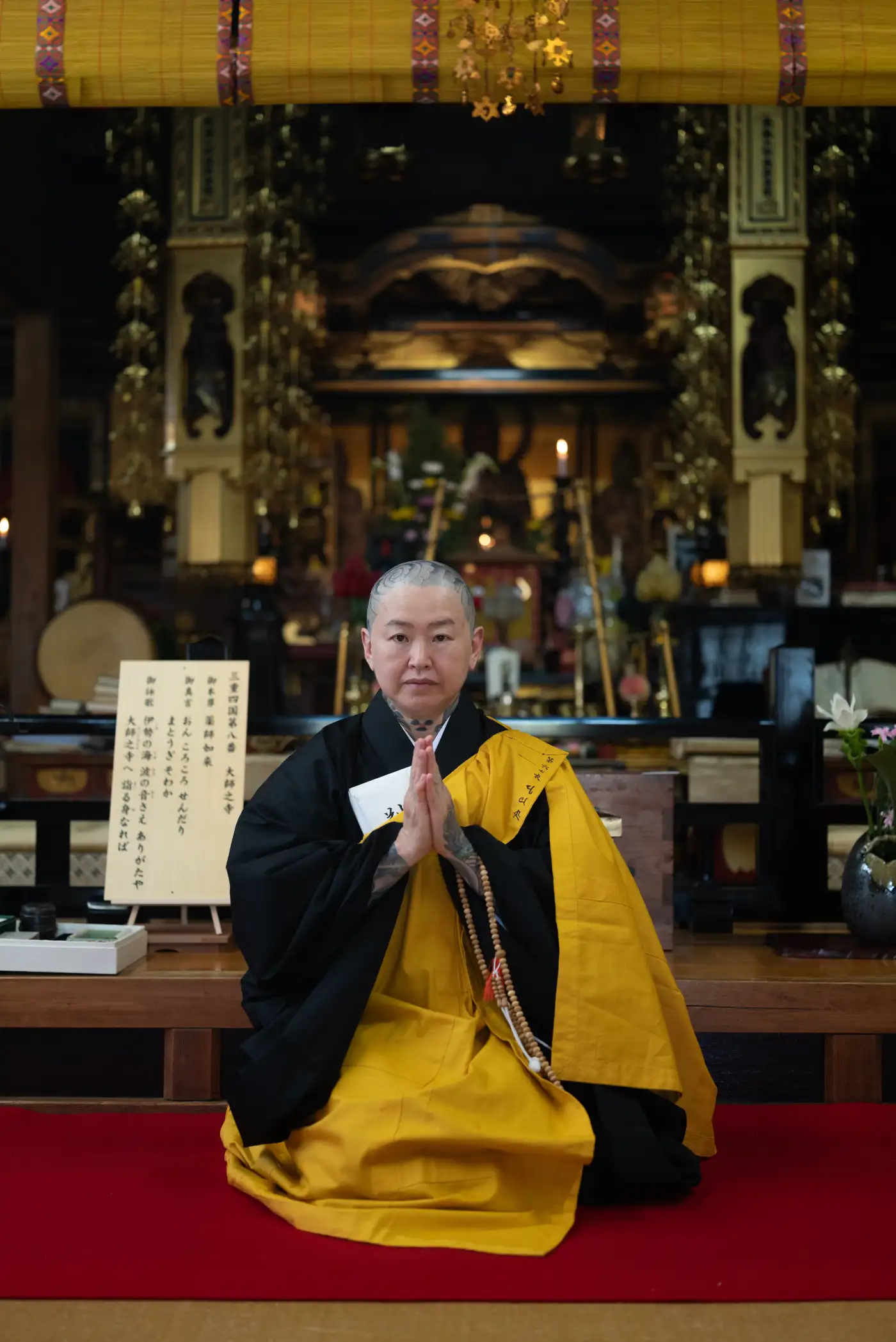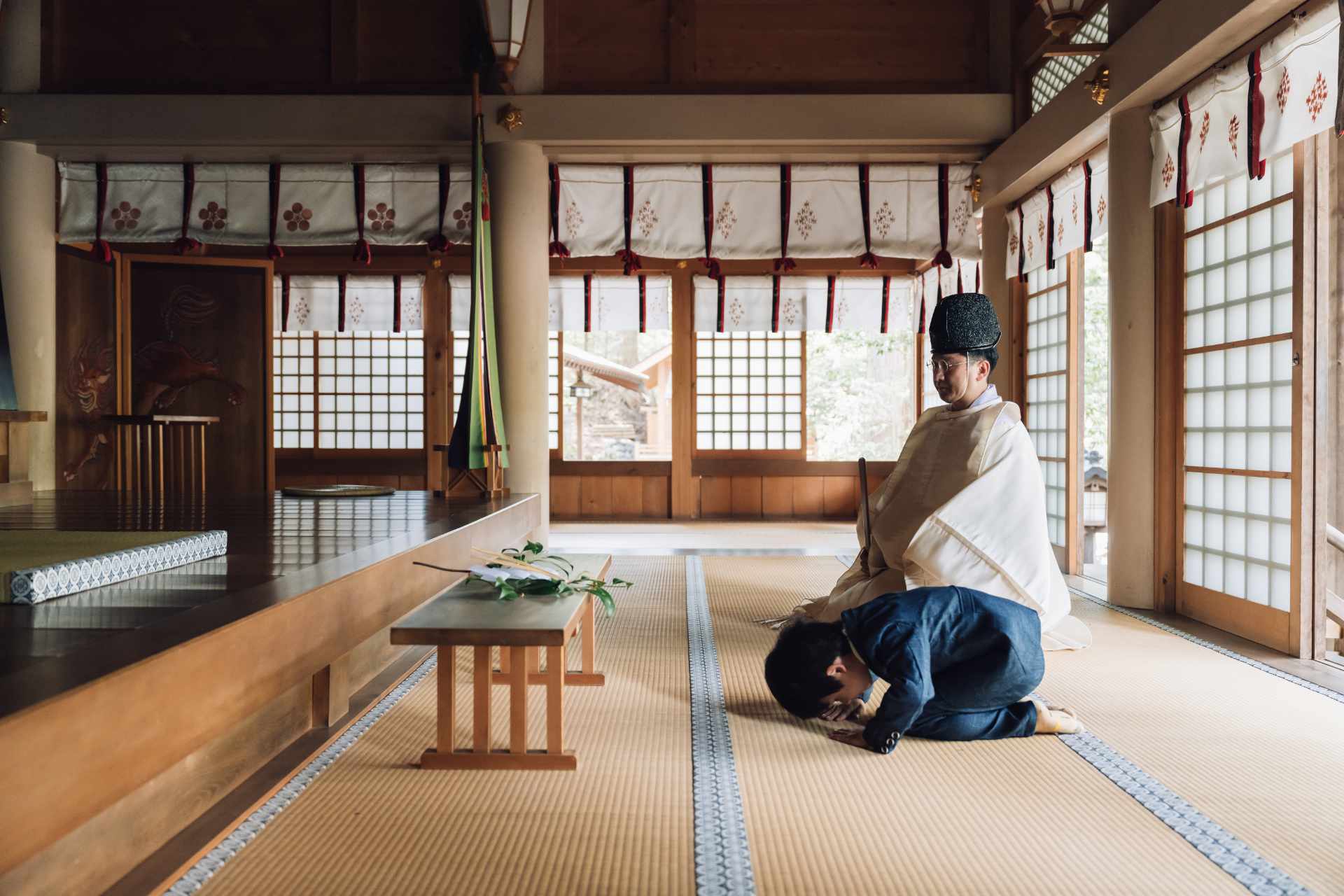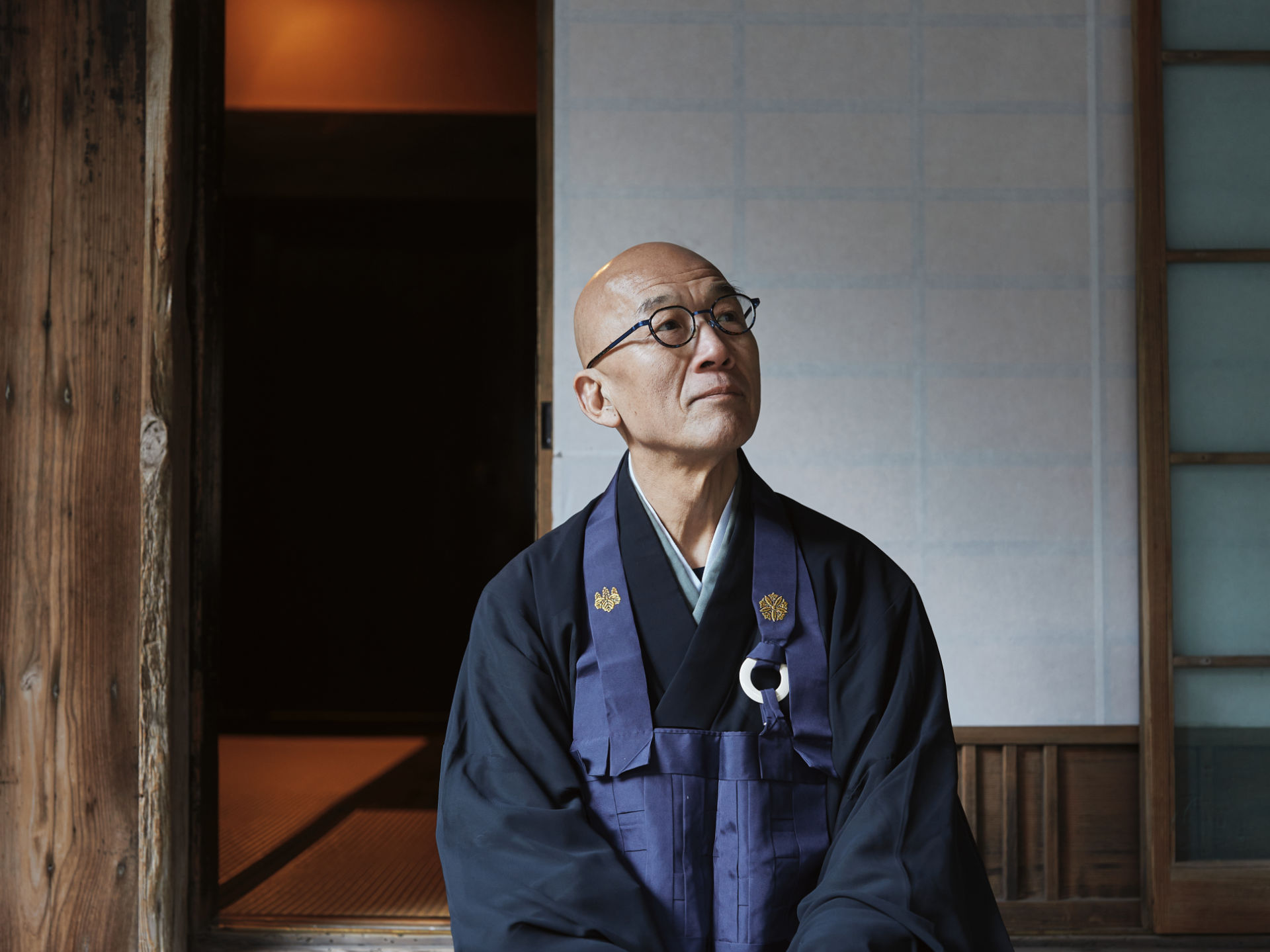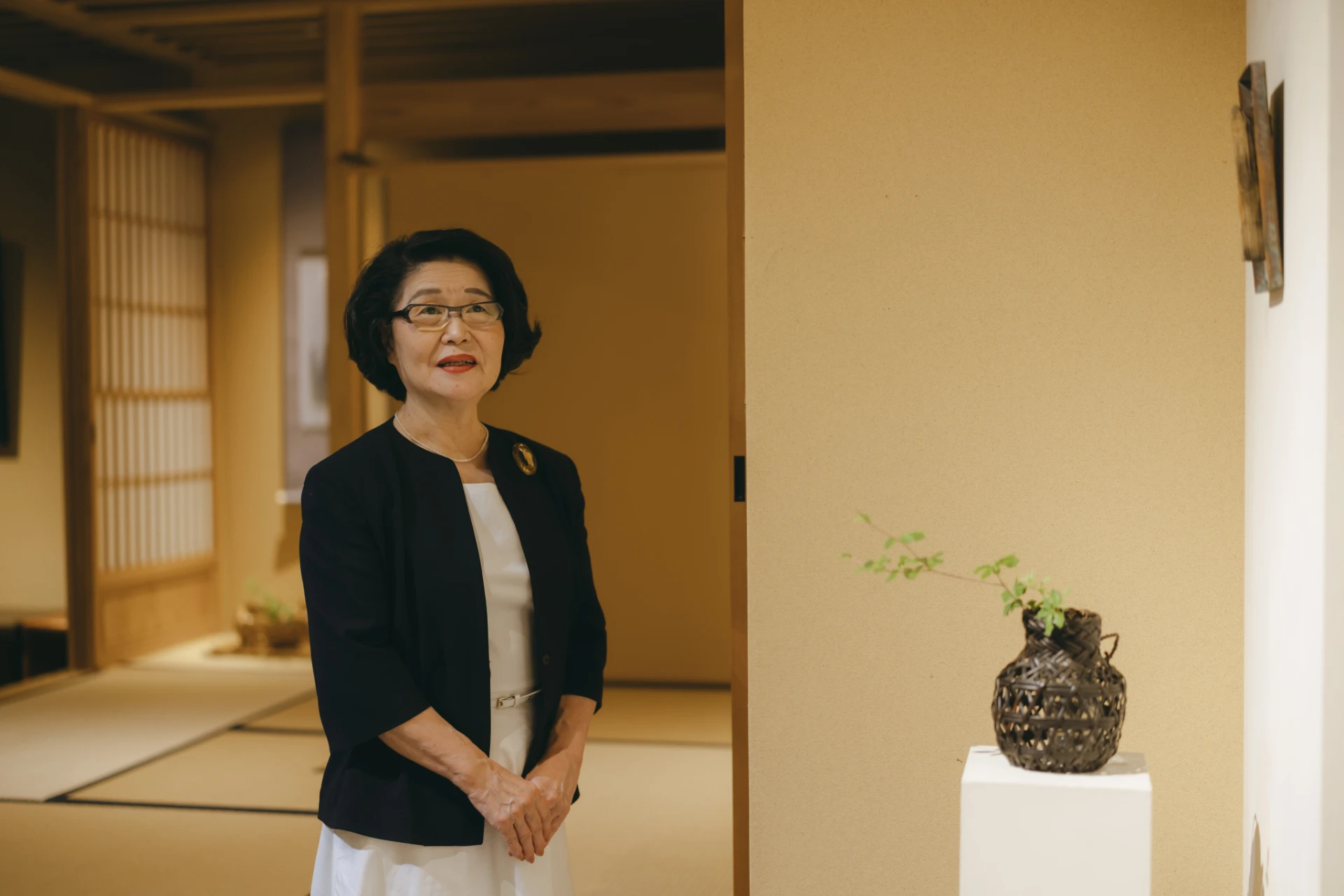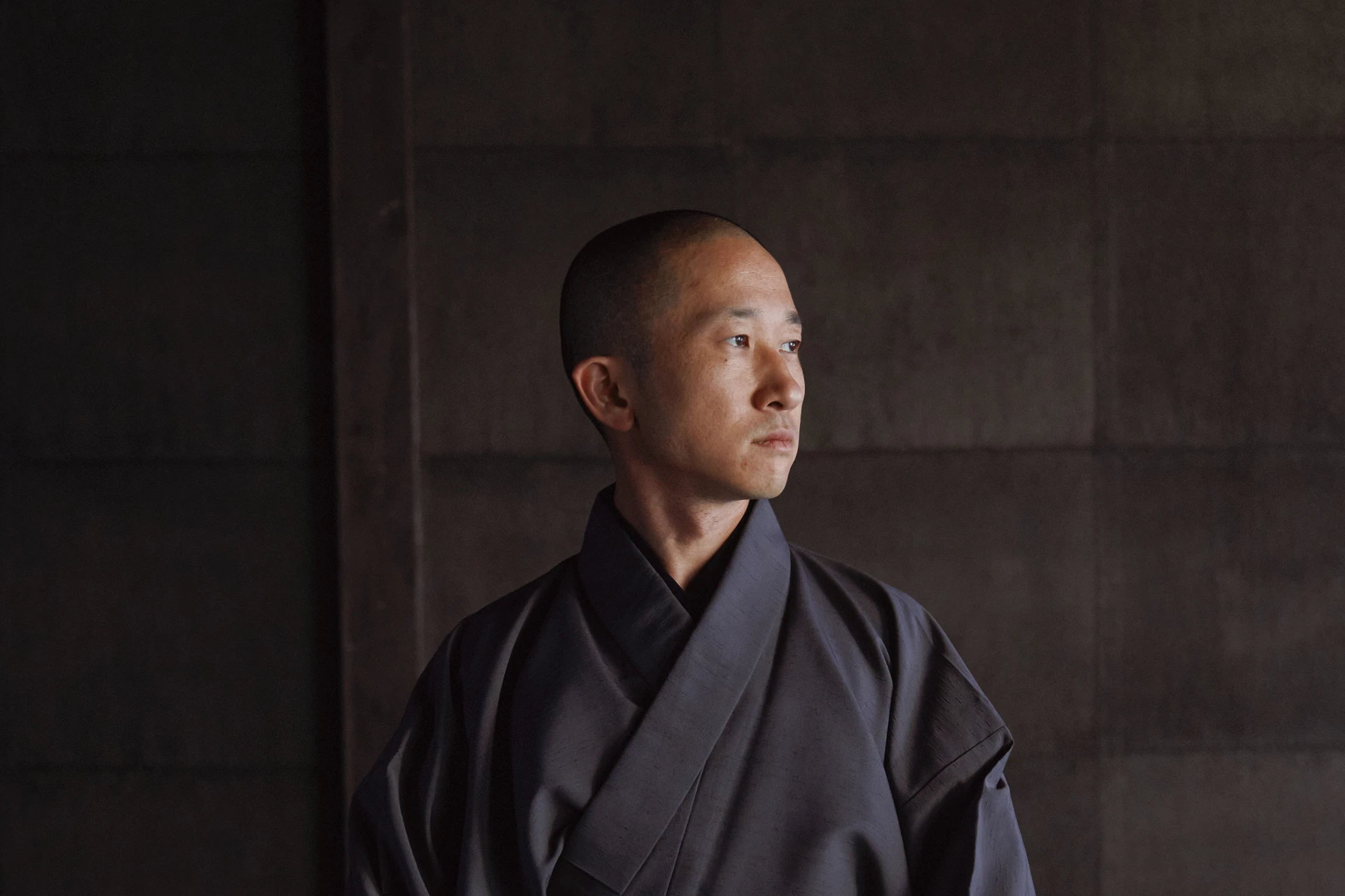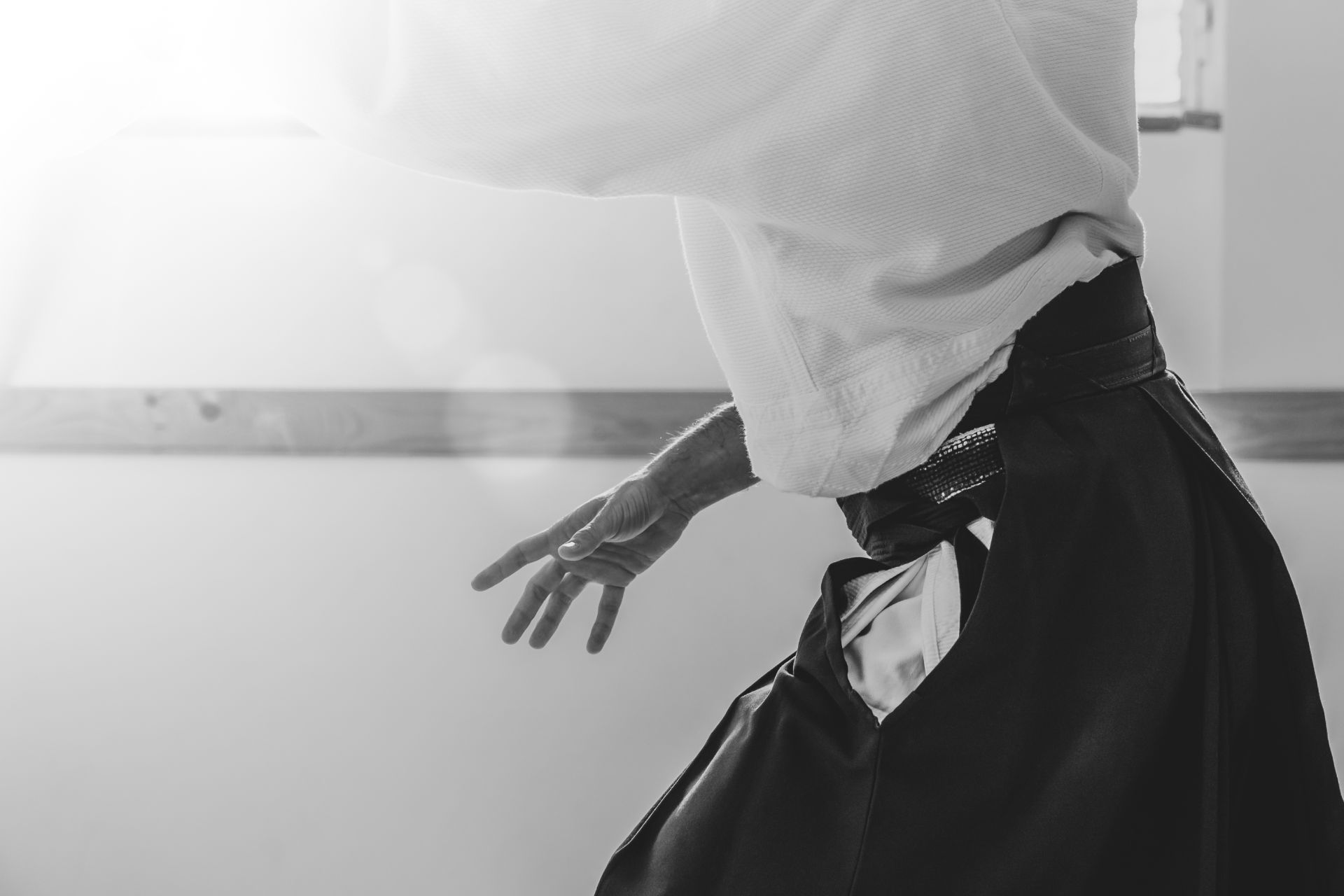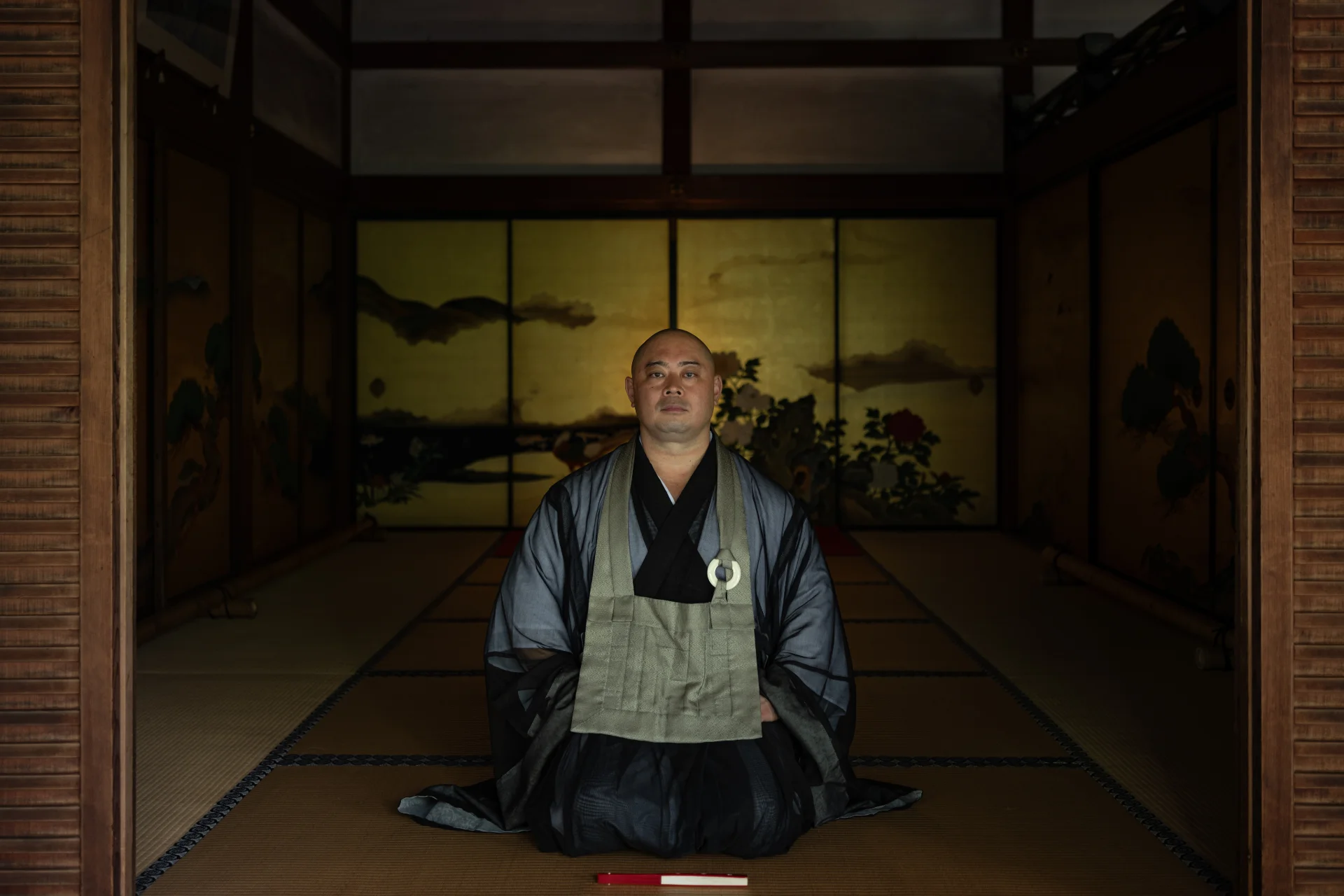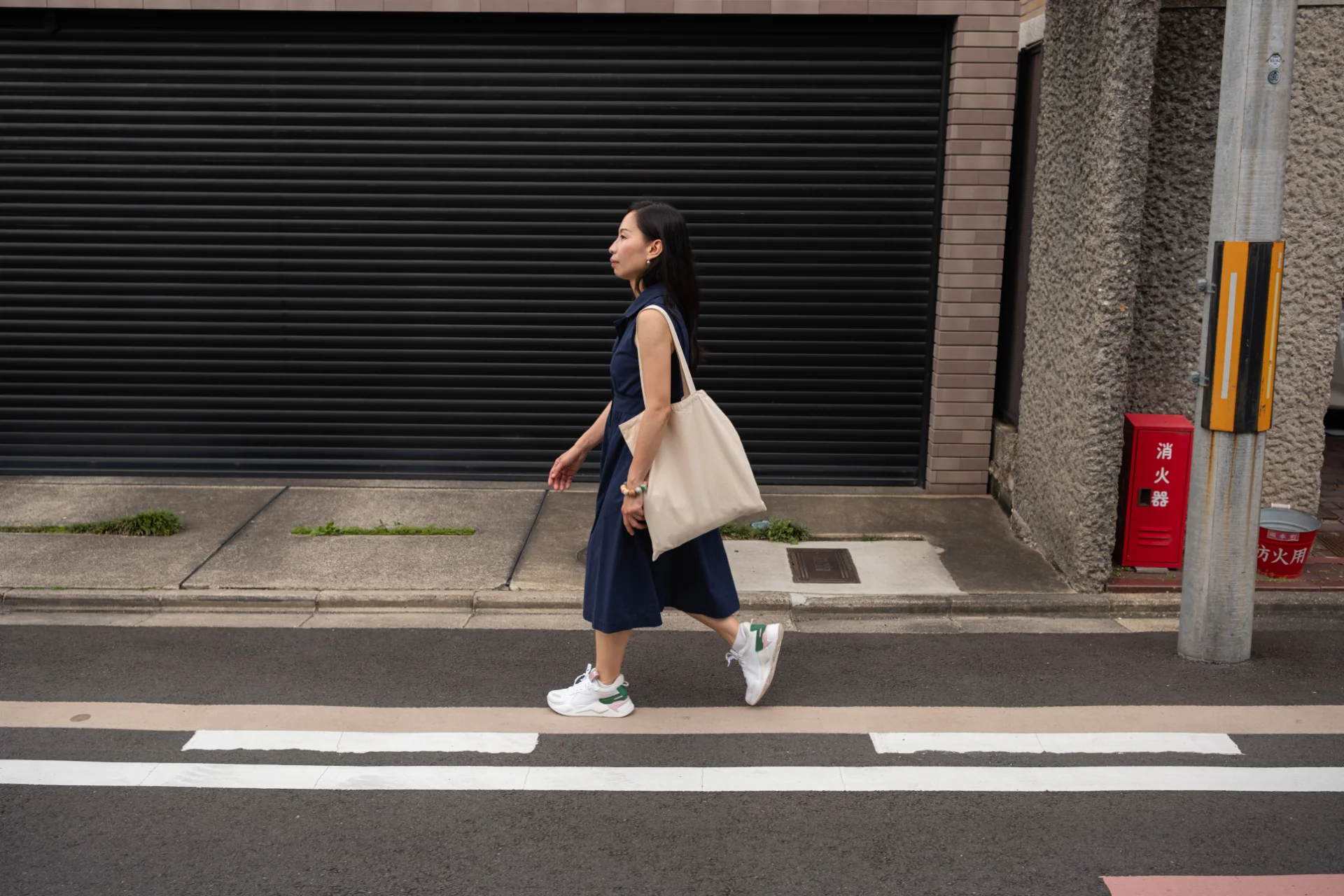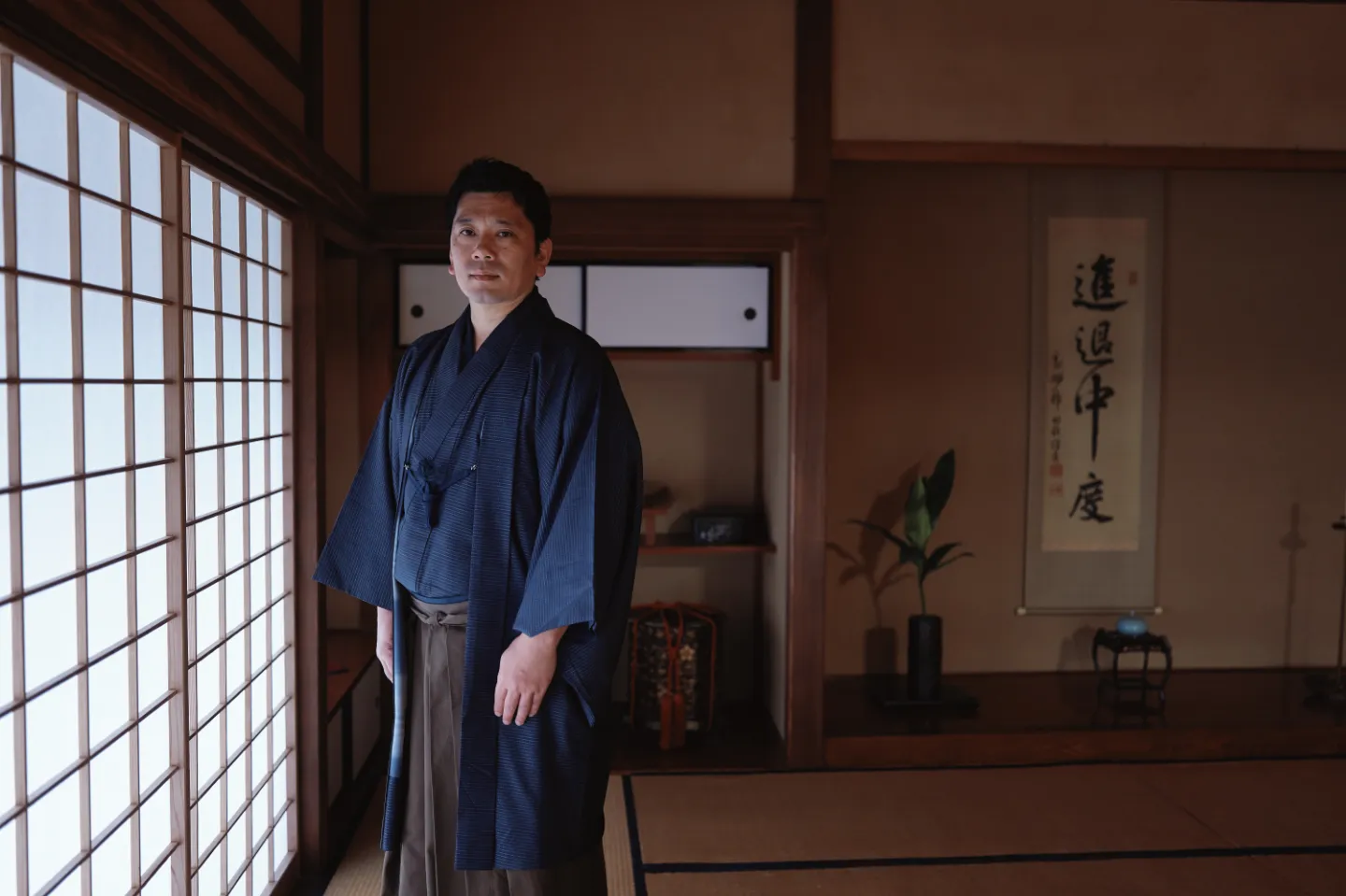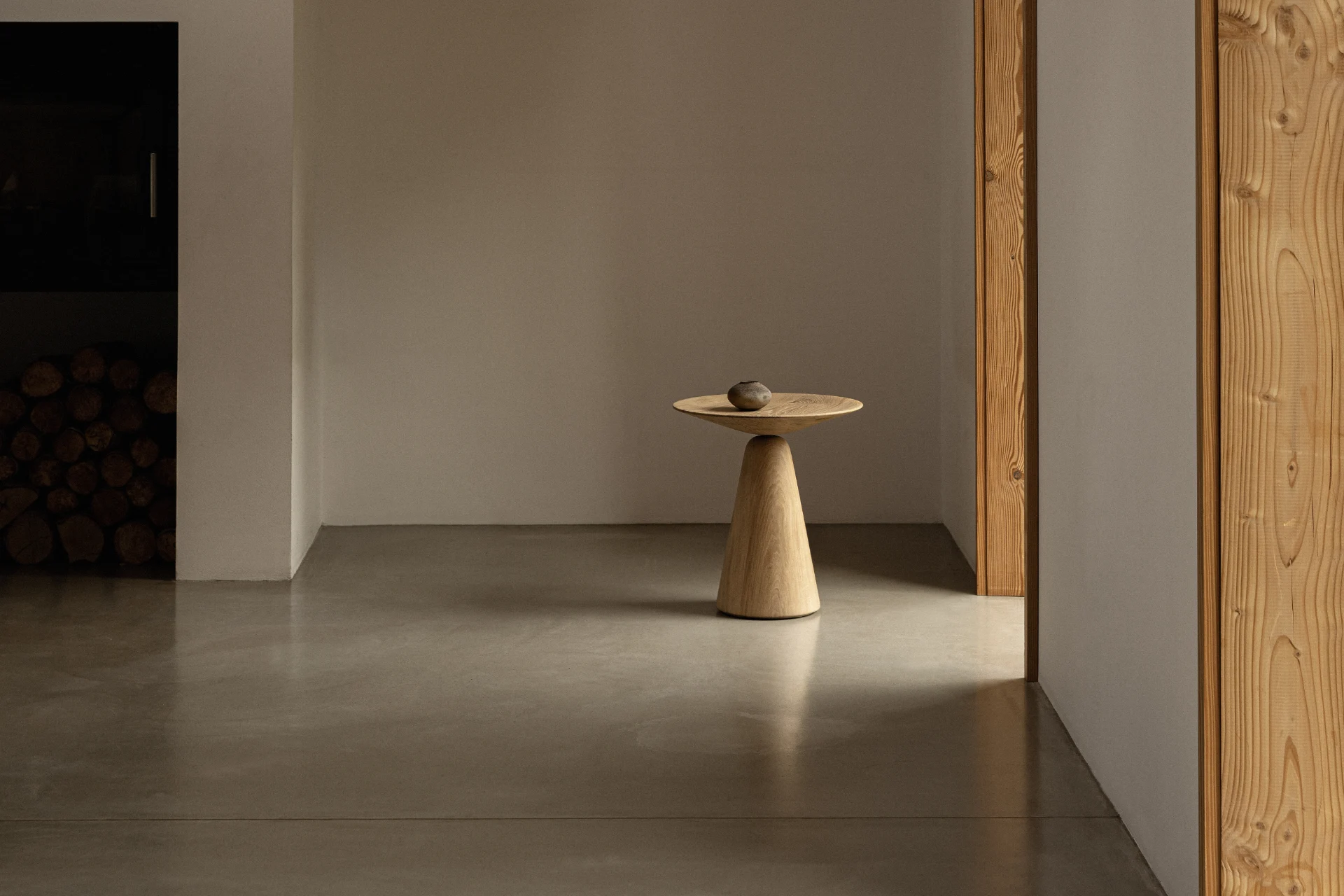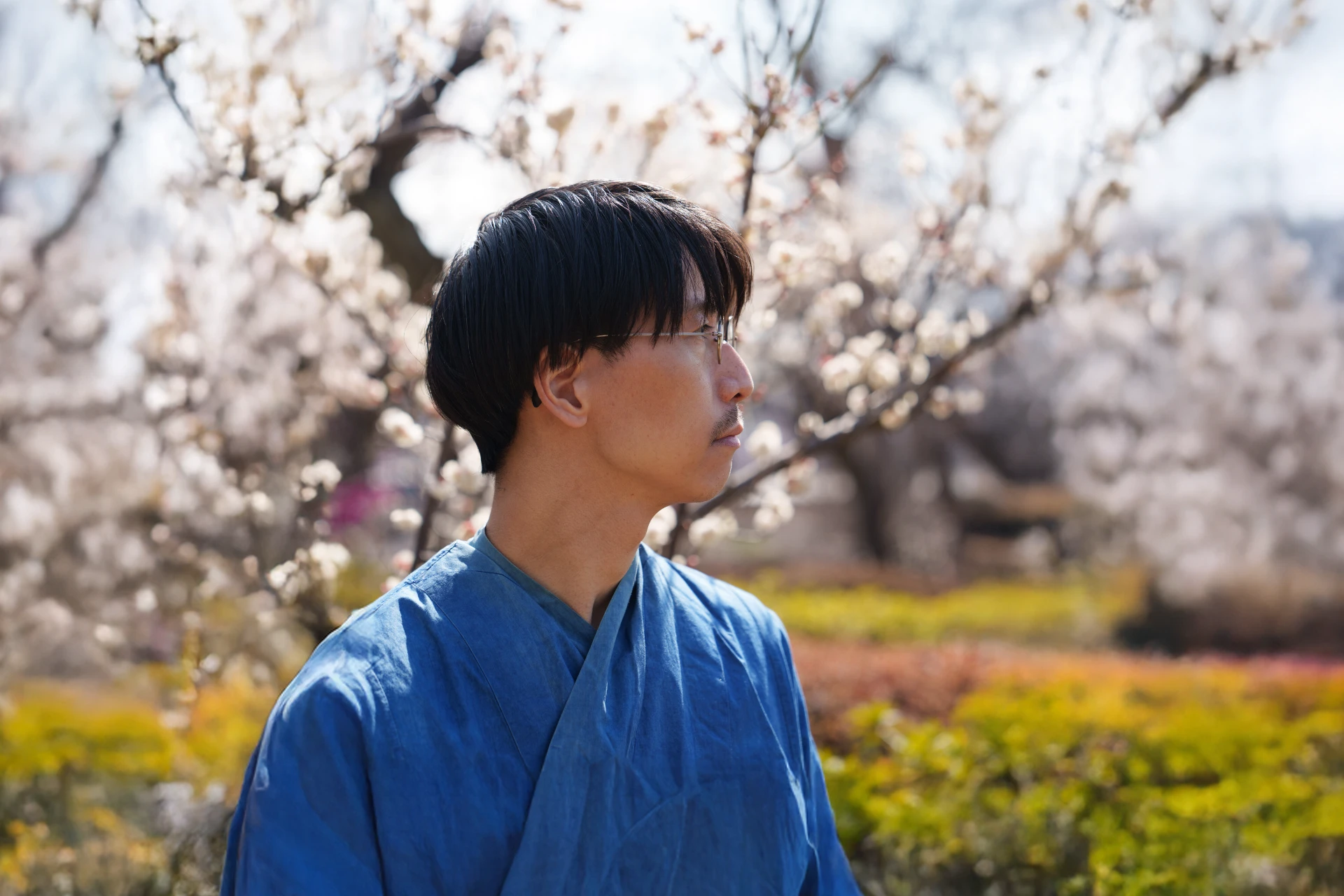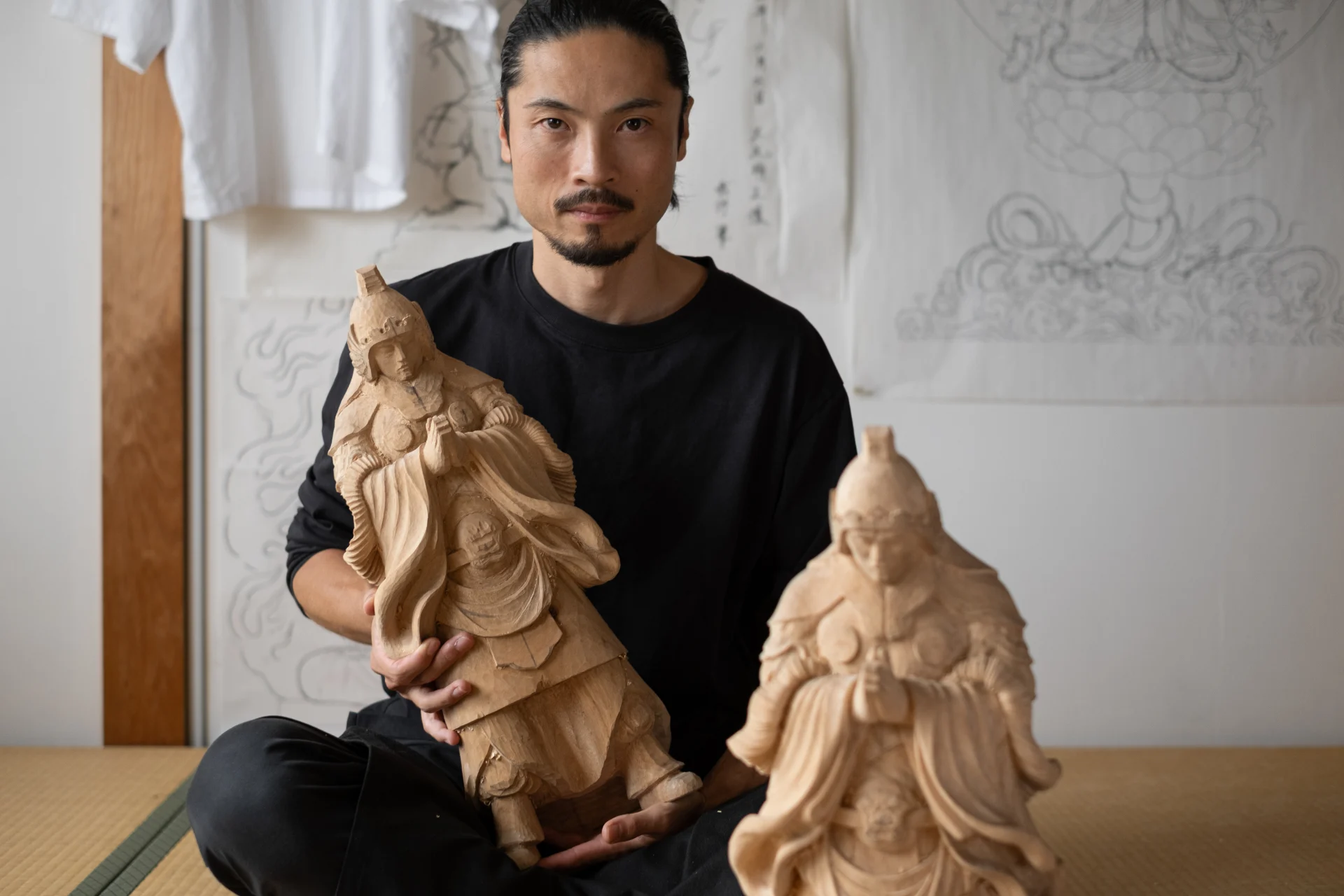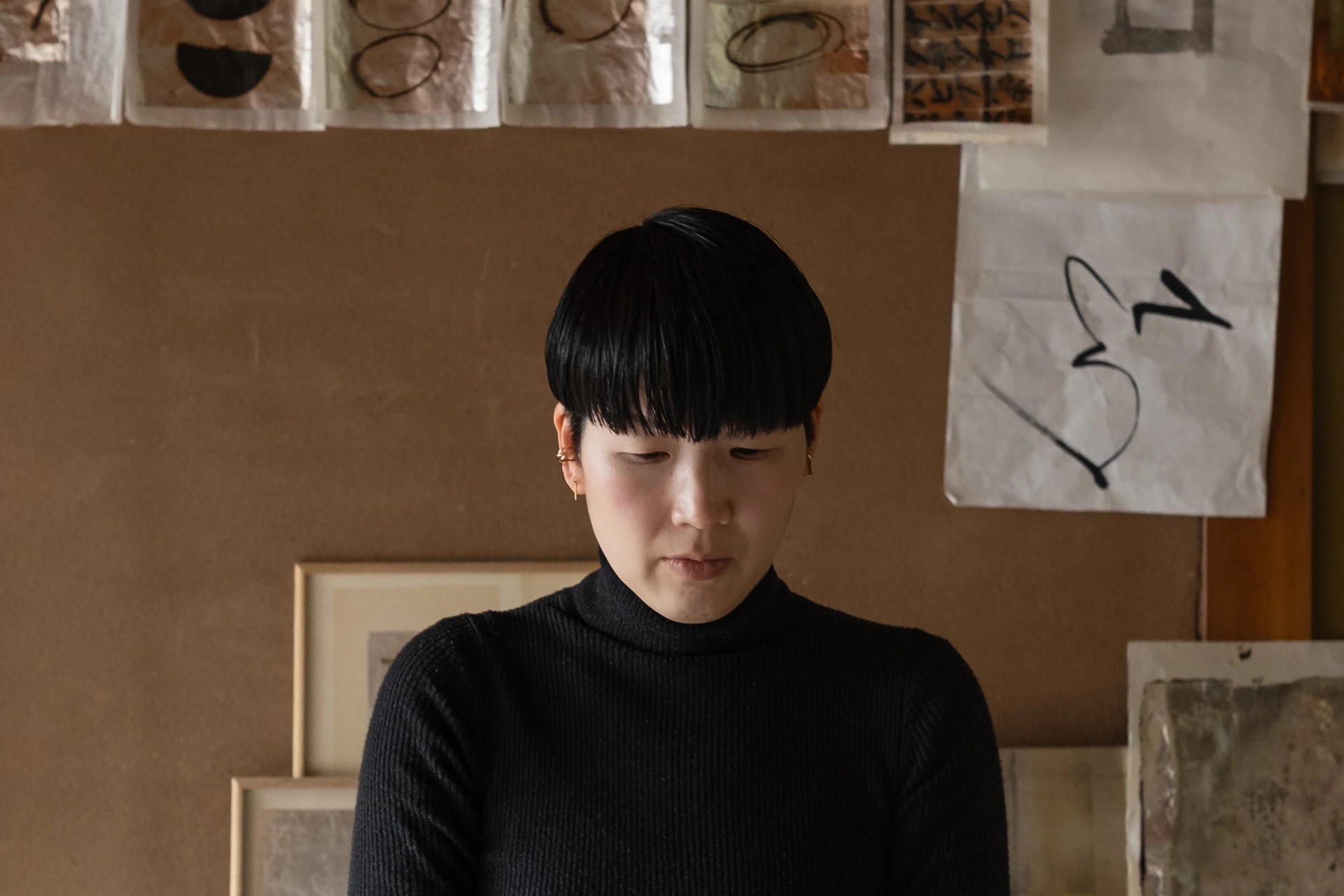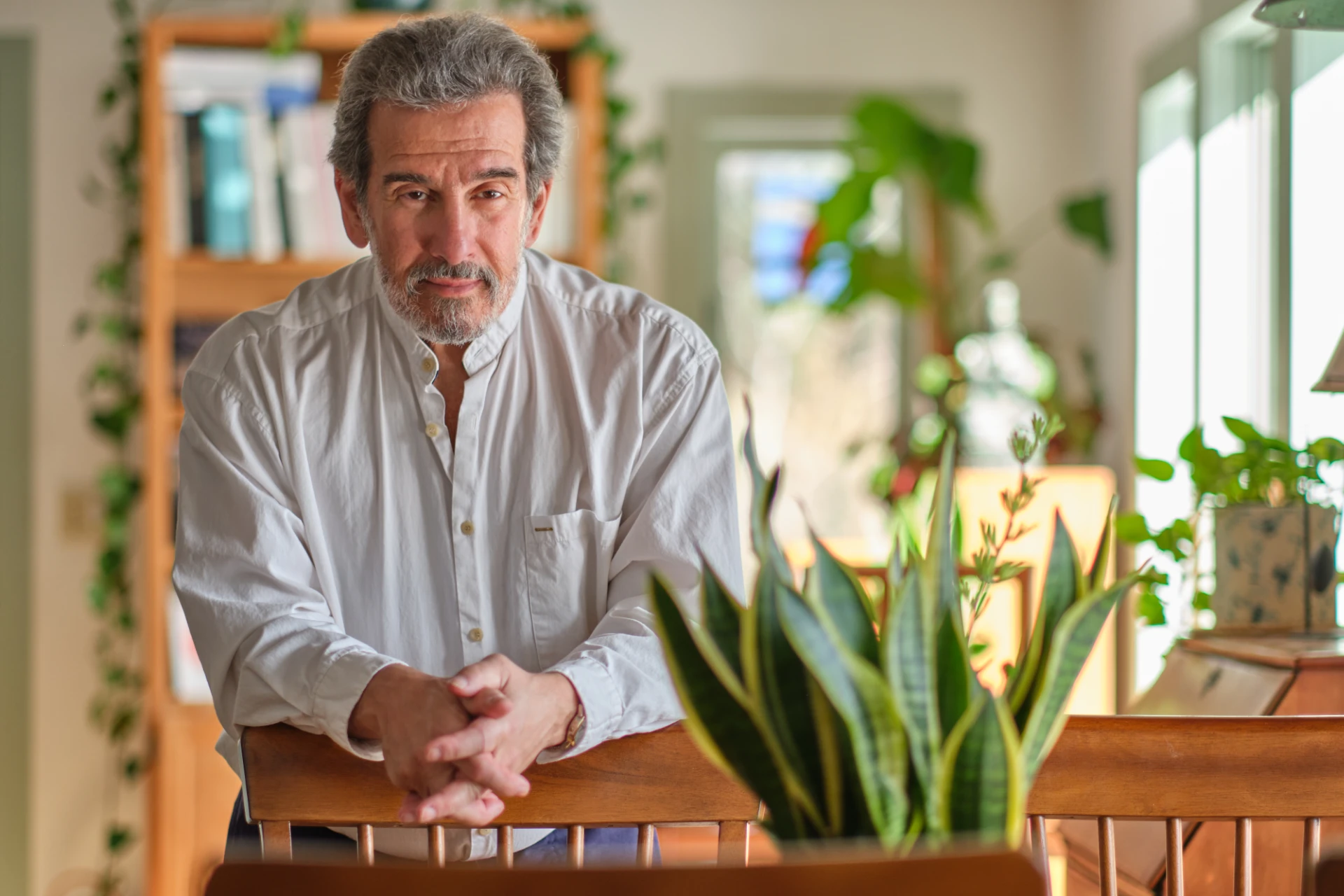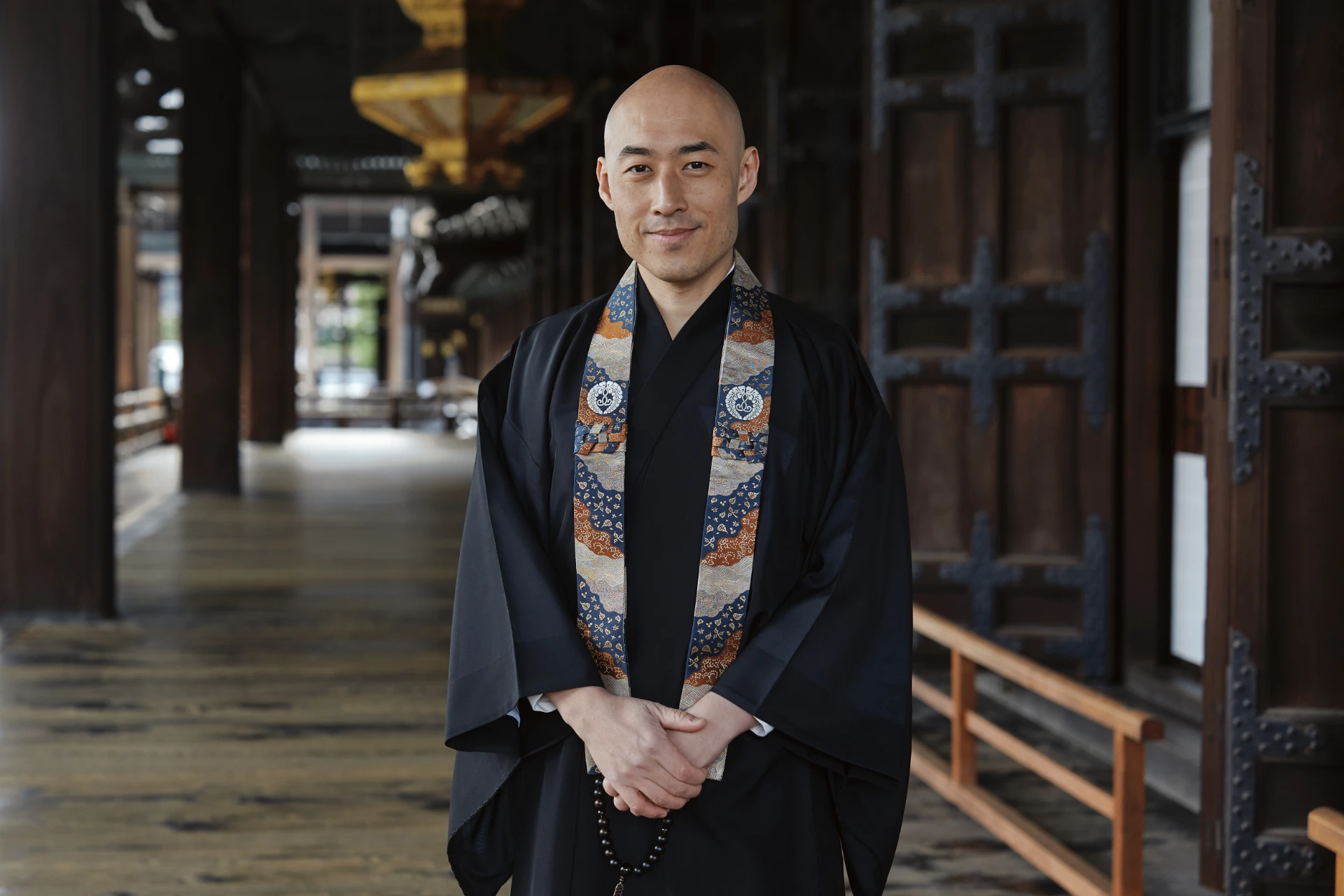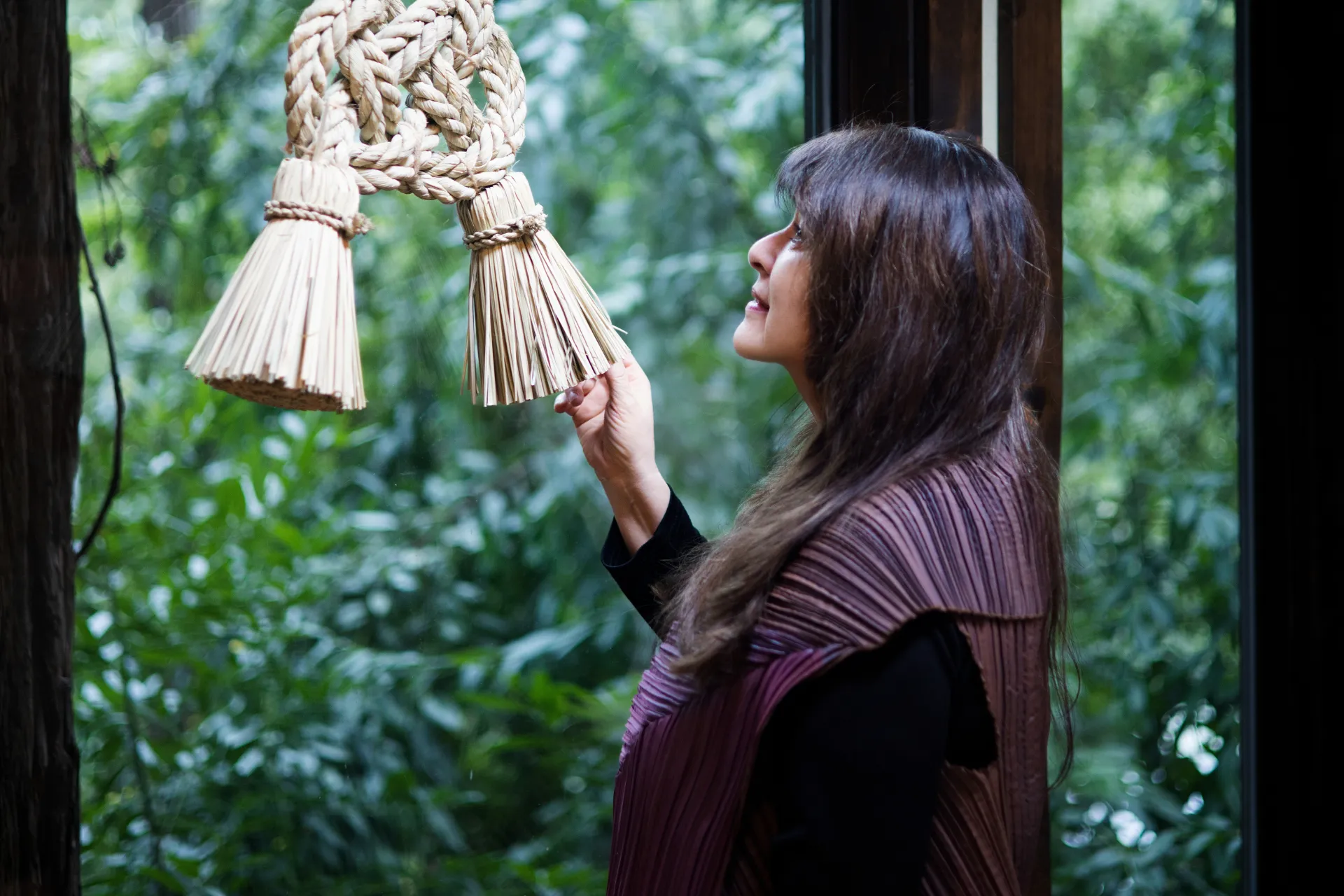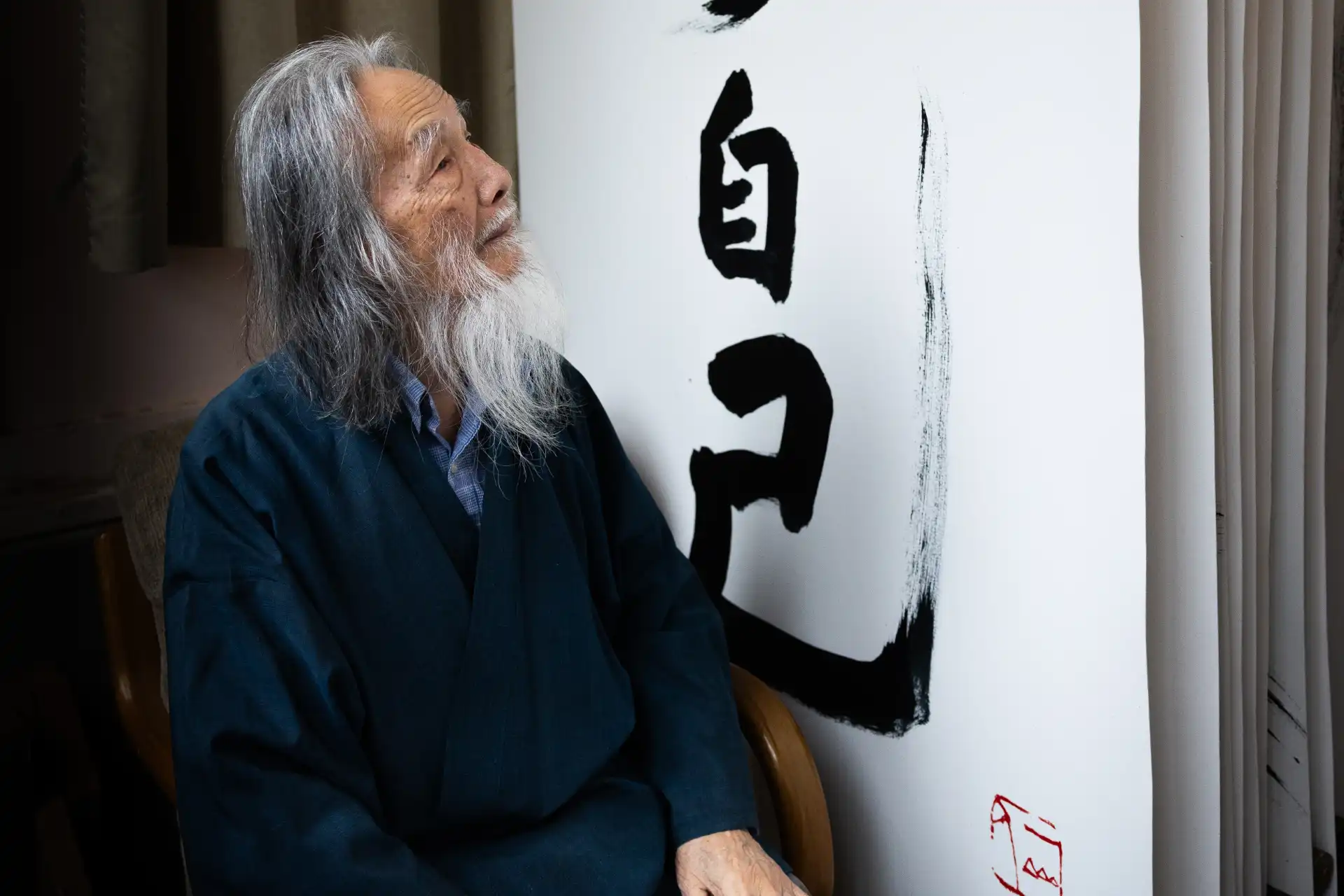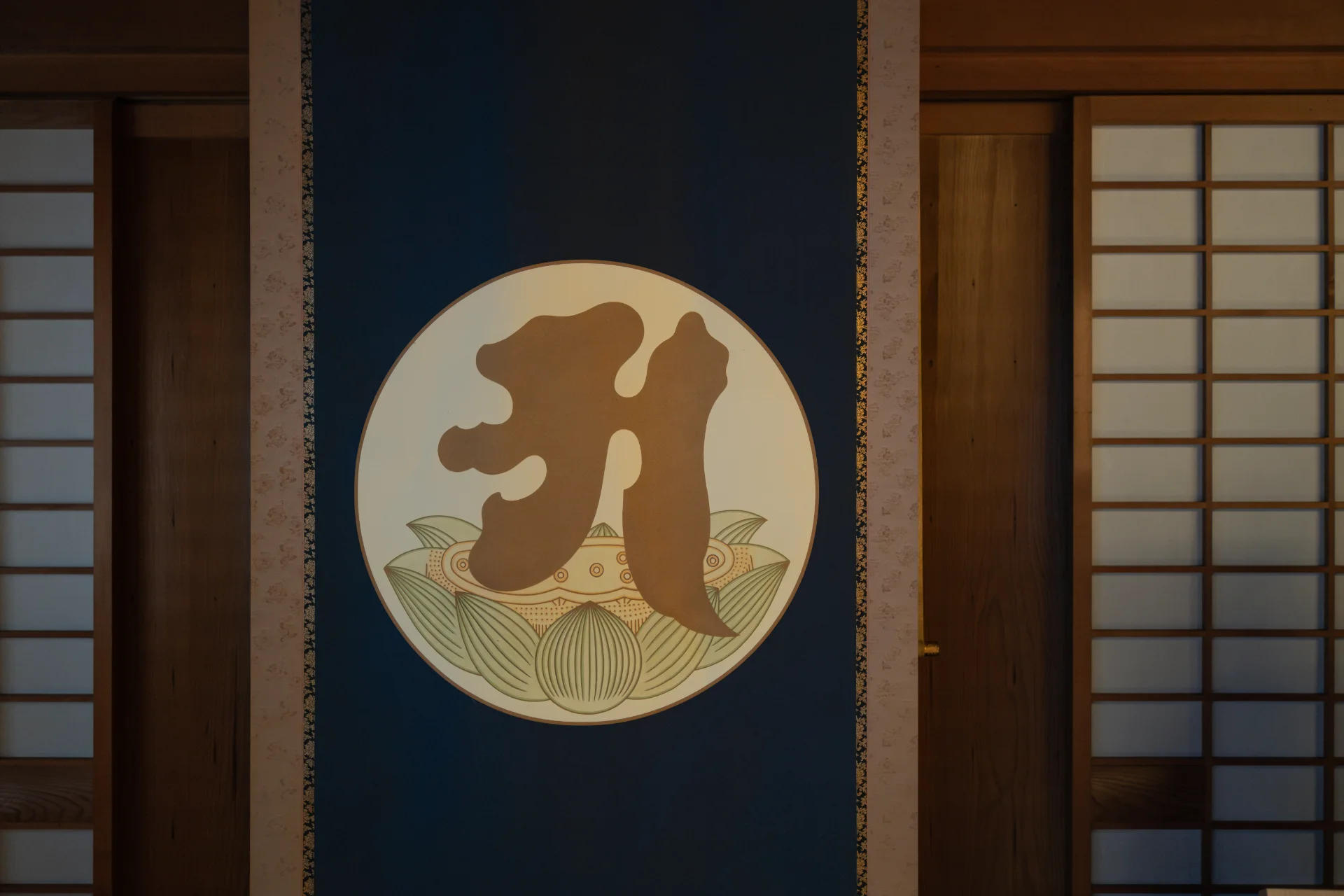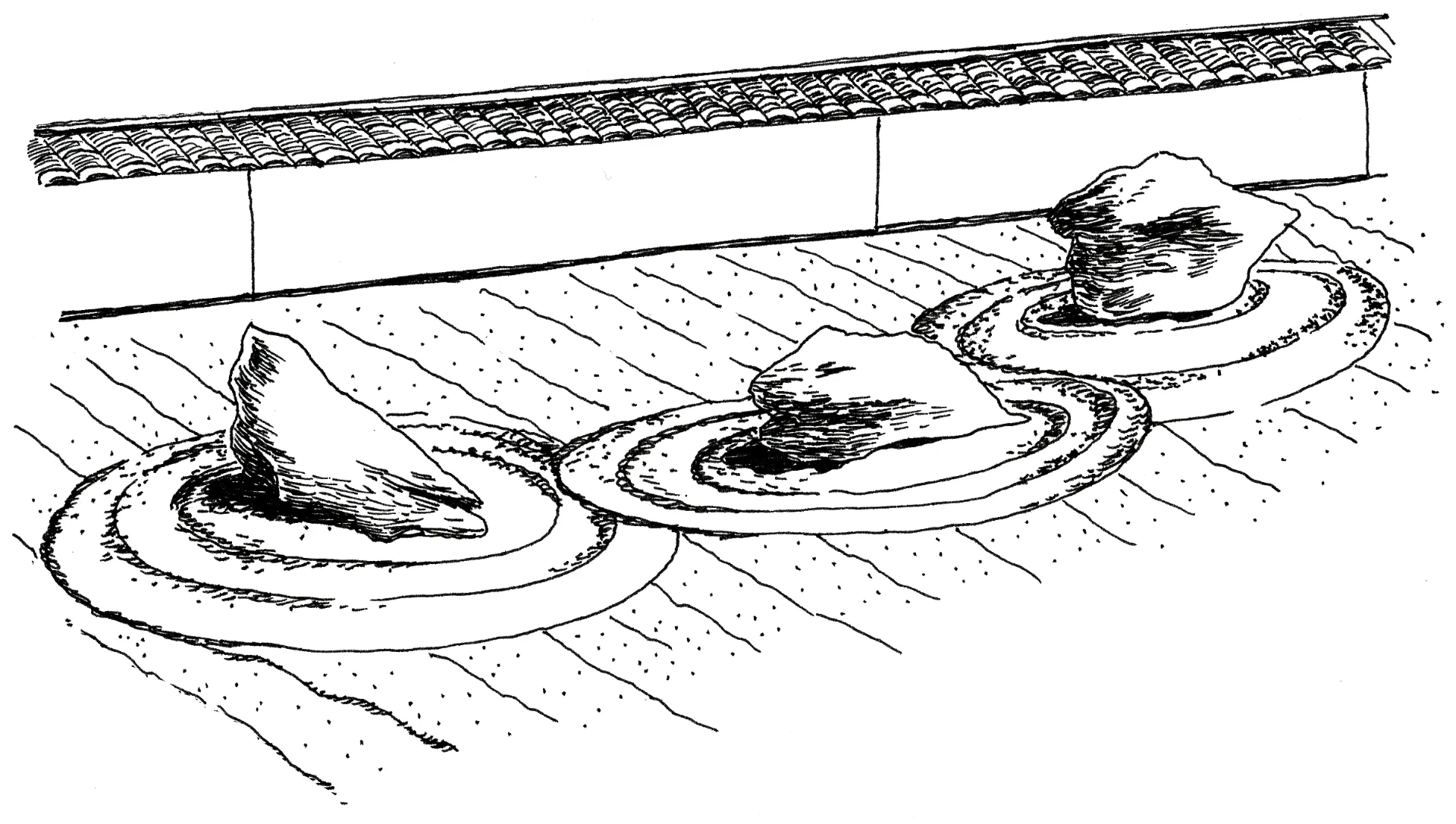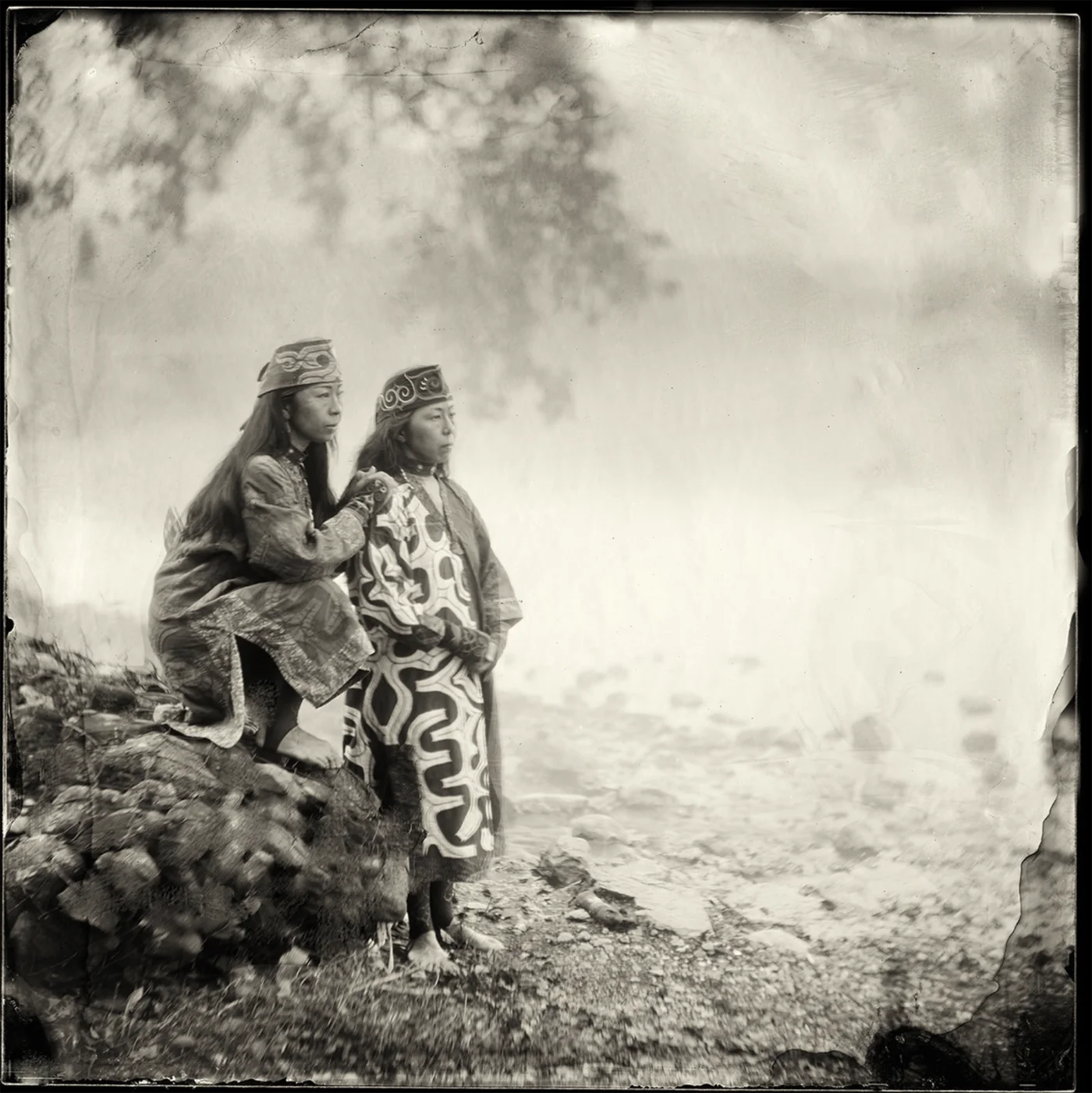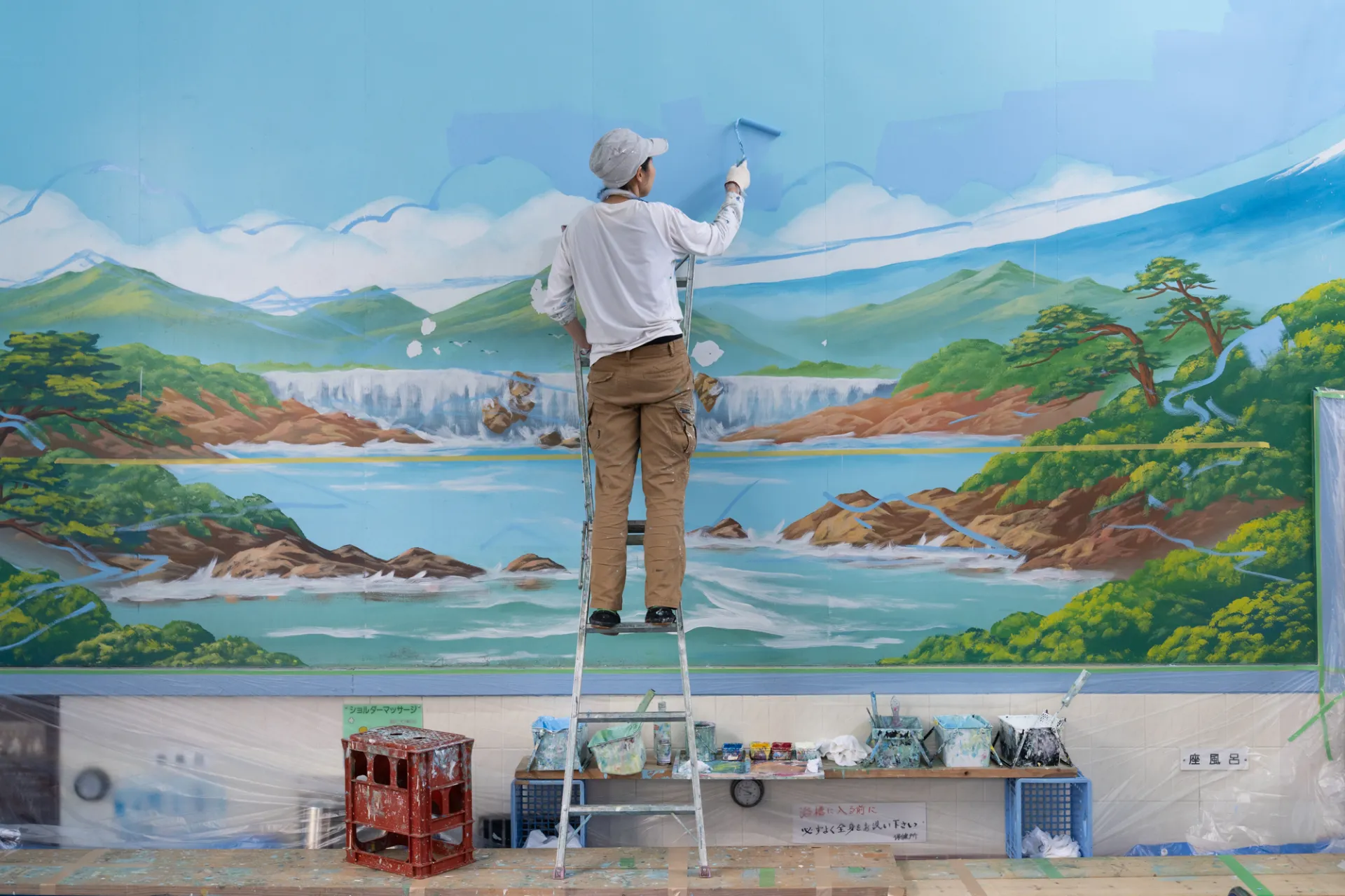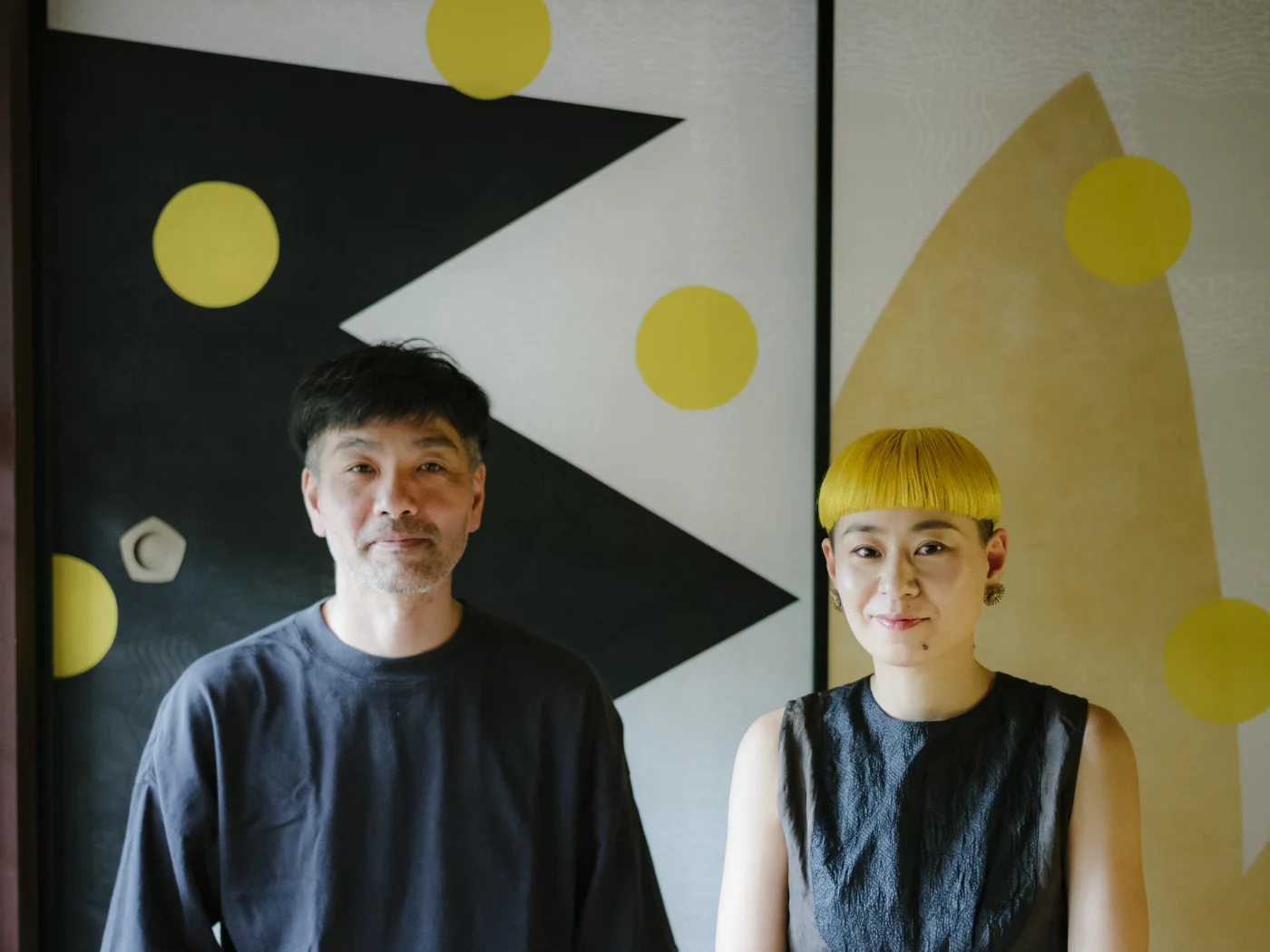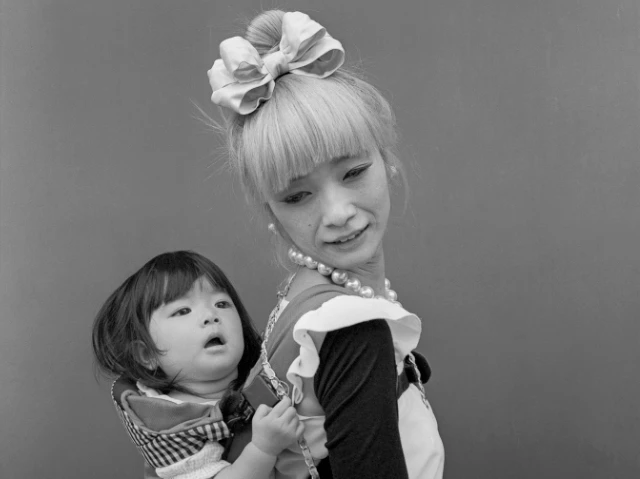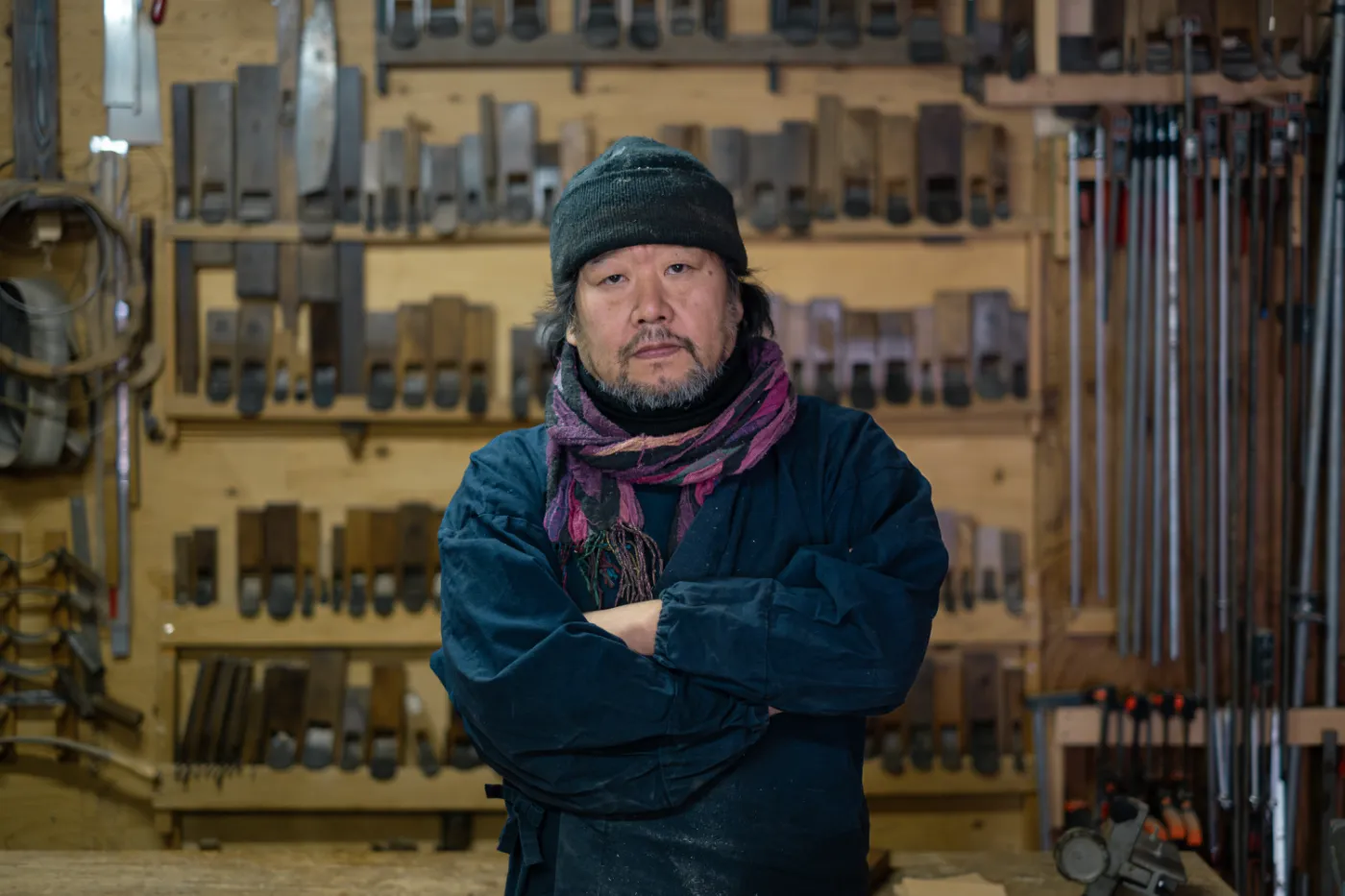Closely Connected
How do being a tattoo artist and being a Buddhist priest connect for you?
Traditional Japanese tattoos, called Irezumi, are incredibly closely connected to Buddhism. A lot of people get one of the 12 deities tattooed onto their back as a protective ward. For example Fudomyou (The Immovable Wisdom King), or Dainichi Nyorai (The Primordial Buddha) are popular traditional pieces.
So actually Buddhism is something that irezumi, my job, cannot do without. This is why I naturally ended up studying it.
My family was part of the Shingon Buddhist sect, and the main temple for that is Koya-san in Wakayama, about 2 hours from Kyoto and Osaka. I went there many times and really gained an appreciation for how wonderful it is, and felt very blessed that I could incorporate it into my work as a traditional tattoo artist, or Horishi.
However, I always wanted to study Buddhism in more detail – really dive into it fully. This is called shukke (出家), which literally means entering priesthood, but also has the deeper meaning of crossing from the world of troubles and anxieties into the world of enlightenment. I was wondering how I could make that leap for quite a few years, and that’s how time passed for me for a little while.
The major trigger for me to seriously consider taking that leap was the Great East Japan Earthquake in 2011.
There was a person who was my very very first customer, who let me tattoo on their back before I even gained the name Horiren, or was a proper horishi. I was still practicing and this person said ‘please use my back to experiment’. I tattooed a white-winged dragon called ‘Ouryou’ on there. That person was my very first ‘work’, and they were hit by debris from the tsunami, and died.
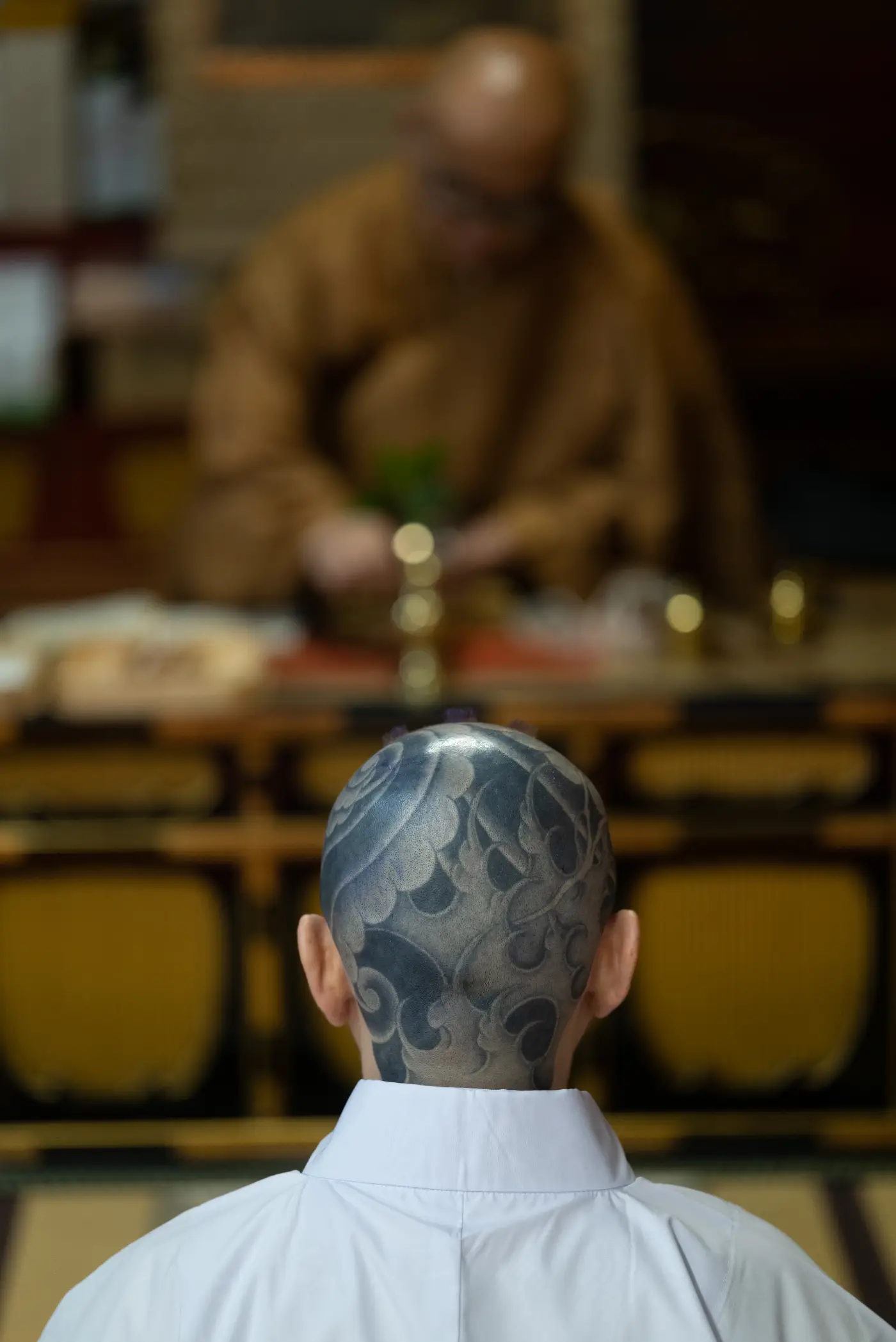
Even Tattoos Are Too Fleeting
Due to the situation including the meltdown of the nuclear reactor, there was very little fuel around, and so the body could not be cremated for two weeks. Even though we rushed to provide what aid we could, we were absolutely powerless.
That person had no relatives or family in the world, and finally after he was cremated and we received his bones, we had utterly no idea what temple or grave to inter them at. I wasn’t even able to pray for him properly, and I felt my inability to do anything very keenly.
When I saw my first customer, and the tattoo I gave him turned to ash, it was at this point that I thought that even tattoos are too fleeting. I wanted to do something that could be more beneficial to people around me.
Nevertheless I volunteered in the affected areas for a while, eventually returning to tattooing, as requests were piling up. But I never forgot the calling that I felt towards becoming a priest. I even visited Koya-san many times, befriending a priest called Tateba Ryozen-sensei, a priest who would eventually become my master.
However, I did not seriously take the leap into priesthood until the corona pandemic. There was a woman in Osaka who helped me out so much when I started working here, from securing this studio and sharing lots of information with me. I felt deeply in debt to her.
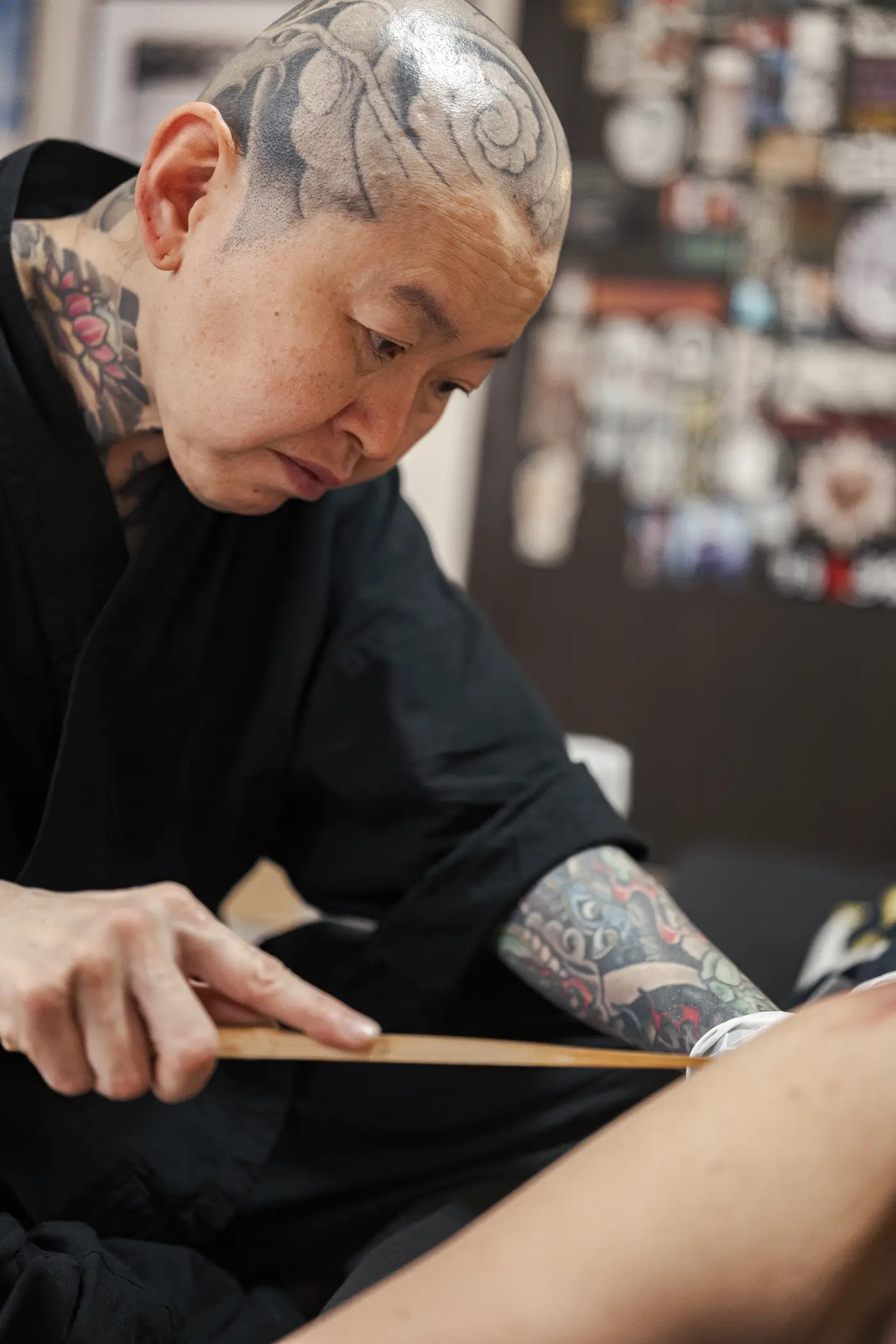
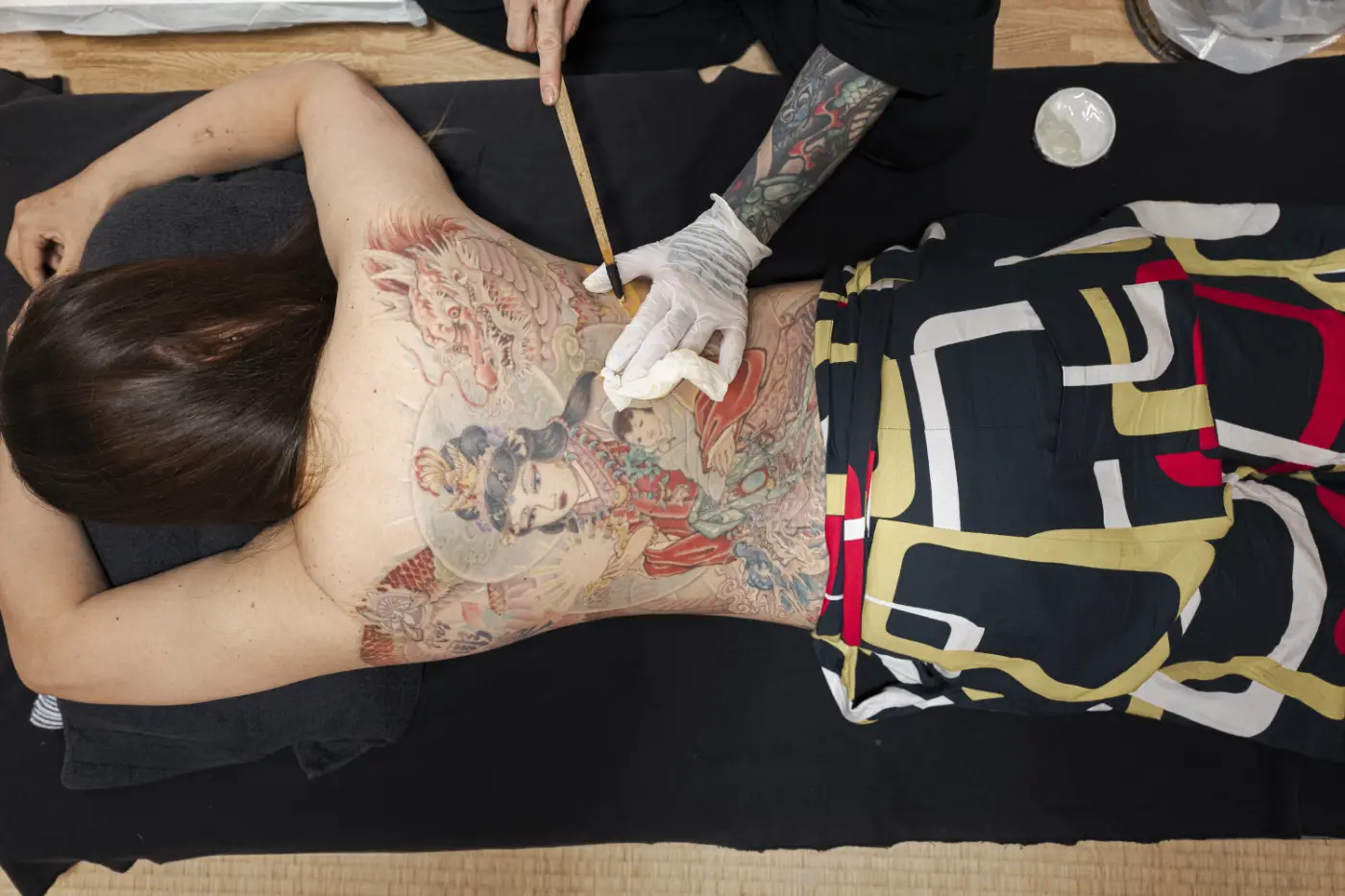
“I Was Waiting for You.”
That woman died alone in her home from corona. No one realized she had died for 10 to 12 days, and I only heard after the fact from another client. So I rushed to Osaka, but of course because of corona we couldn’t have a funeral. All we could do was look at the coffin from across the room, and that was the end of it. I couldn’t read her the sutras or grant her soul a Dharma name.
After all these experiences, of people close to me dying lonely deaths, I went to Koya-san to see Tateba Ryozen to say I seriously wanted to be a priest.
In response Ryozen-sensei told me: “I was waiting for you to say that.”
Ryozen-sensei had been waiting for me to come to him, and had thought of my priest name in the meantime: Rensho, which means Illuminating Lotus Flower.
After a period of study, I was able to have my ordination ceremony, in which I officially became a Buddhist priest, and so we come to the present day.
What made you choose to particularly become a Shingon Buddhist monk?
My family belonged to Shingon Buddhism, so it wasn’t really something I chose. There are more or less 16 different sects of Buddhism, and I would have been happy belonging to mostly any of them, but I just so happened to belong to Shingon Buddhism in the first place.
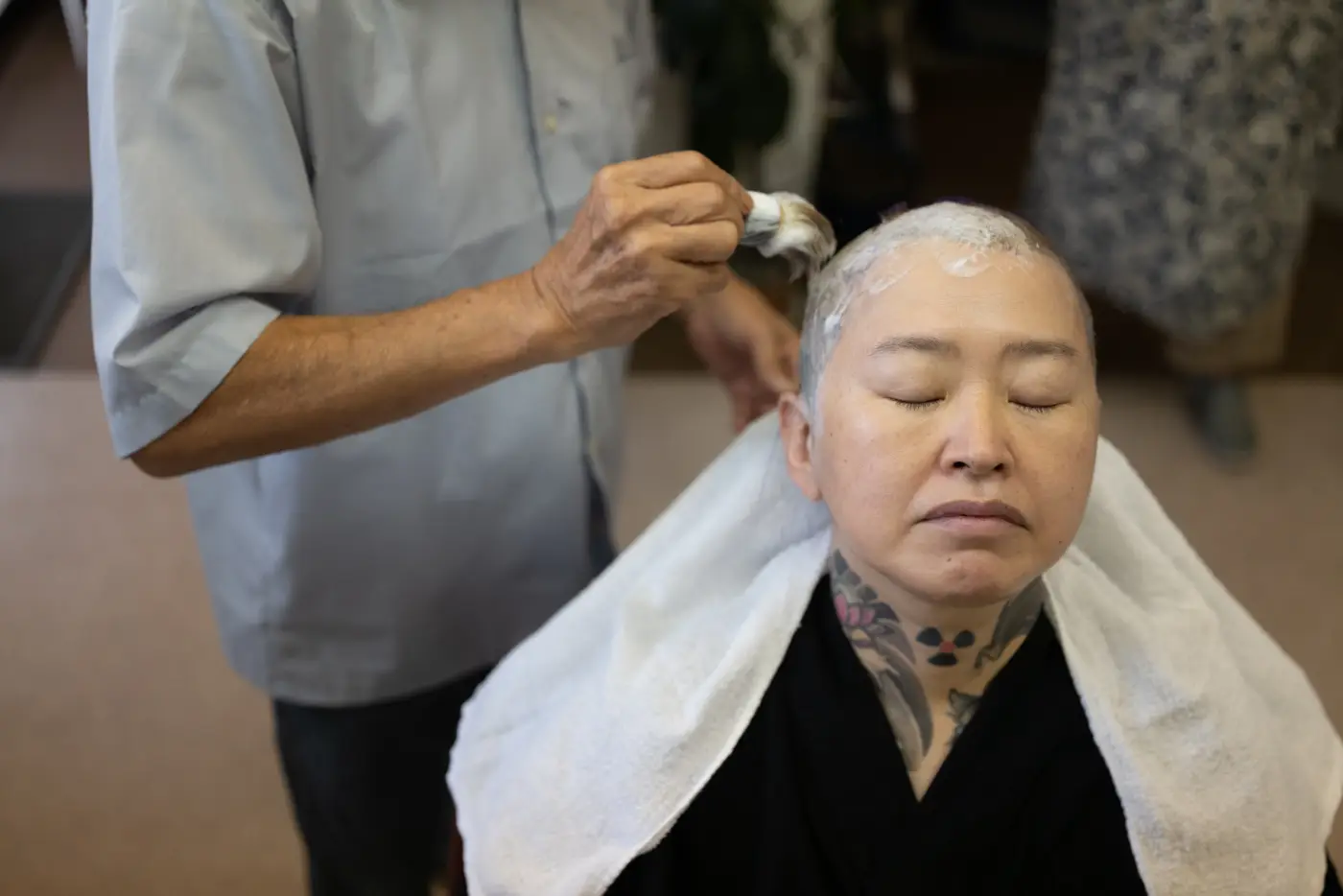
Inextricably Linked
What requirements and practices come with this particular form of Buddhism that resonate or appeal to you?
Well Japan has quite a cute way of looking at things.
In Japan, Buddhism and Shintoism are inextricably linked now. Shinbutsu Shugo (神仏習合) it’s called, the fusion of kami and Buddhas. Buddhist and Shinto syncretism, merging and assimilating elements from one another that make it hard to clearly separate them.
For example, you’ll have Shinto shrines and Buddhist temples next to each other, and inside some Buddhist temples there’ll be Shinto gods being worshiped. It’s all mixed up with each other. There’s also a religion called Shugendo, which is a result of Buddhism and Shintoism merging, where you meditate in nature.
So it’s more apt to consider Buddhism in Japan more simply as ‘Religion’ in Japan, because of how completely both religions have mixed and incorporated each other. As for why that is, in Shinto, which is Japan’s original religion, everything is considered a god. The tree is a god. The sky is a god. The toilet is a god. The poor person over there is a god. Illness is a god. And of course gods should be worshiped and feared and respected.
So when Buddhism came over from China, my guess is that people treated that as a god too. ‘Look, it’s a god from outside! Oh yes, welcome! Oh, this god has interesting things to teach us!’ And that might be how Buddhism and Shinto can coexist peacefully with each other.
Of course there were times when Buddhism and Shinto warred, such as in the Sengoku period, due to strong political pressures, but as a general rule they are very good at mixing. And I love that part about religion in Japan.
What is the most essential thing that it has taught you?
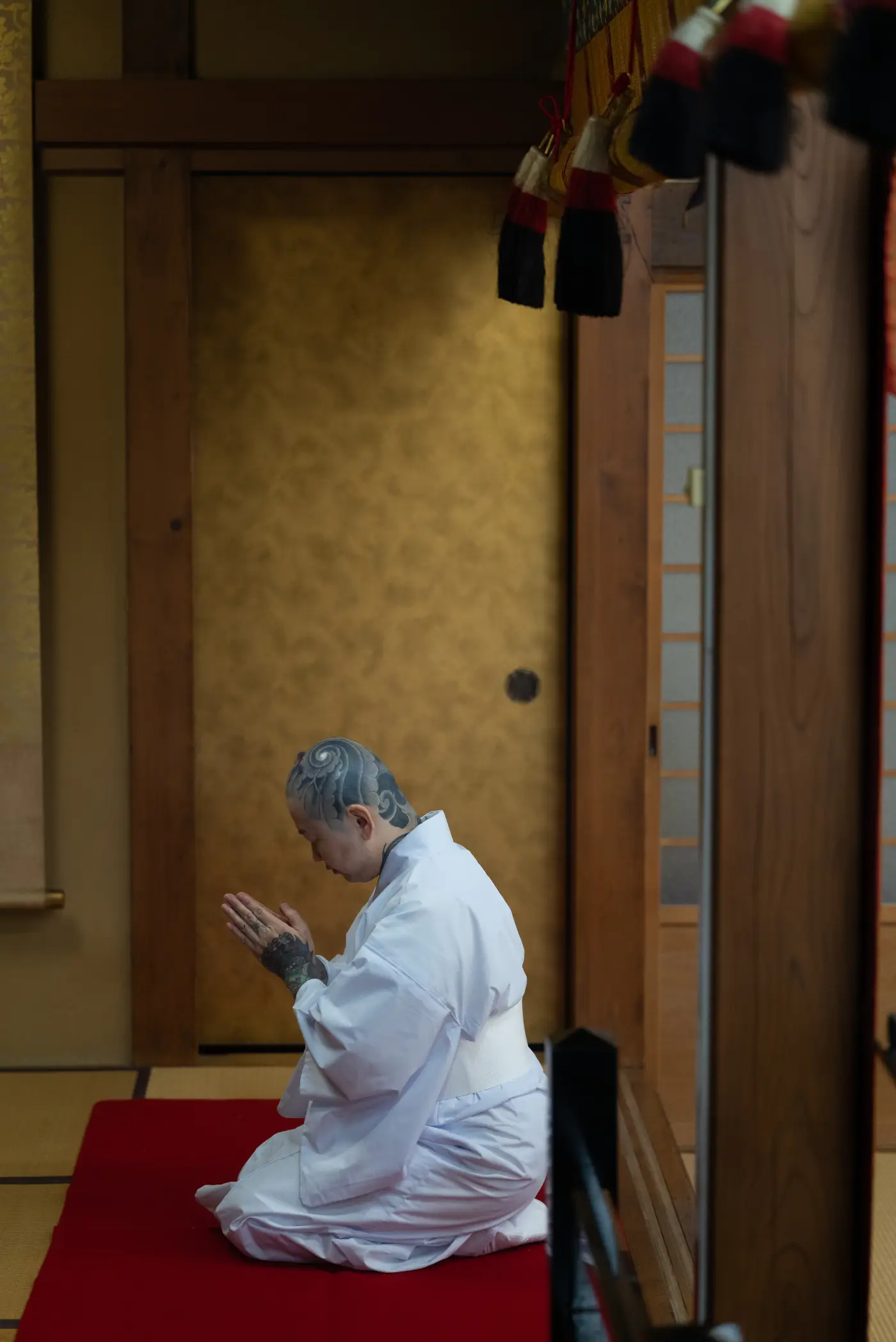
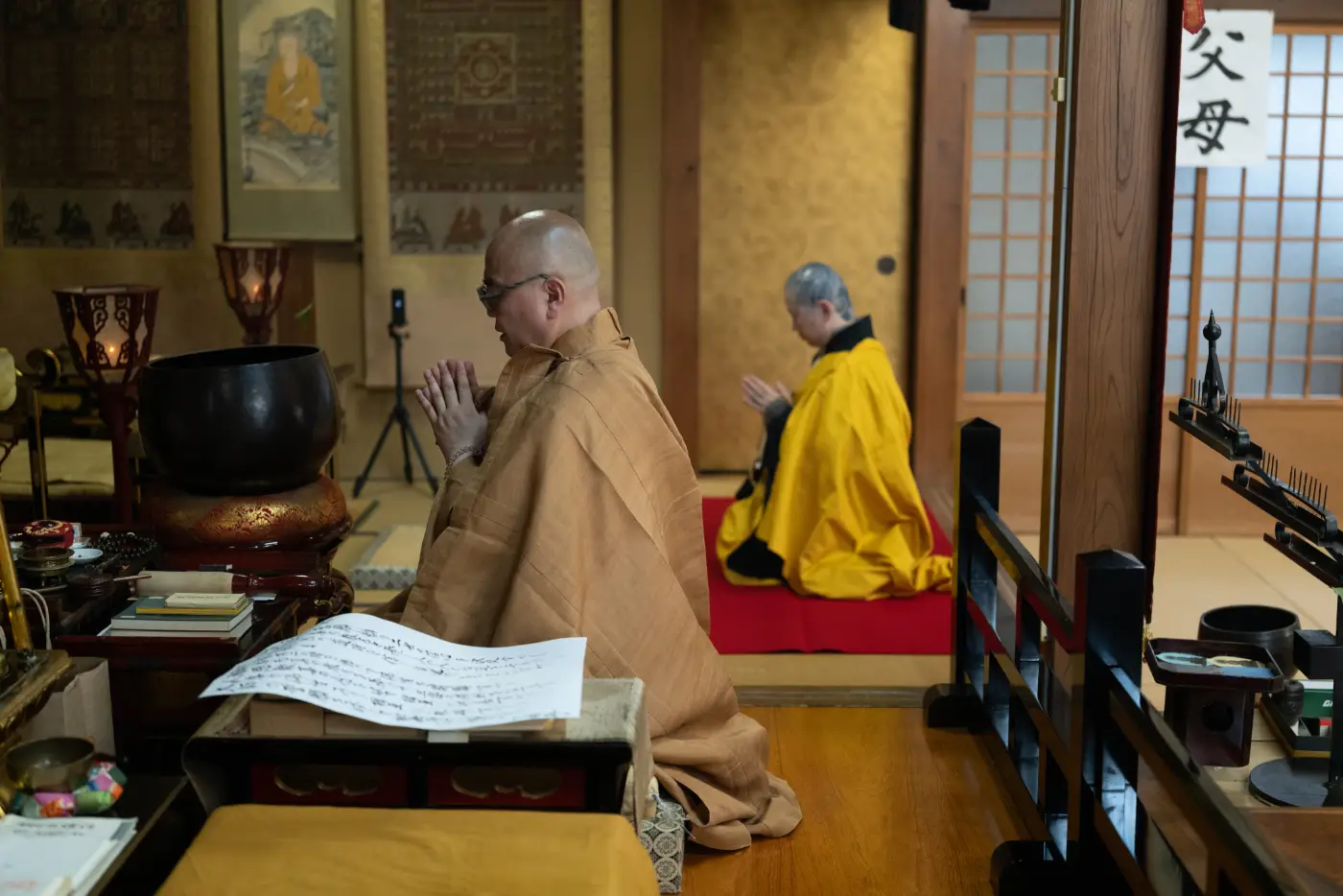
Our Fates Are One
That I am still very much a beginner, and I’ve only just touched the surface of all of the things I have to learn. Although I know all of the basic ones like the Heart Sutra, there are many more sutras that I must memorize for different purposes such as funerals or Gomadaki, the sacred fire ritual.
How do both being a tattoo artist and a Shingon Buddhist priest support you on your own journey in life?
The purposes of a tattoo artist and a Buddhist priest are different.
For me, being a tattoo artist is primarily a means to make a living and put food on the table. Of course I do intend on continuing this for as long as I am able.
My motto is Ichiren Takusho, which means ‘our fates are one’. When I give you a tattoo, it will be with you until you die. In that way once you are my client you are my client for life. I want to bear your life’s burdens alongside you.
There was more than one time that I became ill and nearly died, but in the chance that one of my customers passes on before me, whether by unfortunate chance or not, I want to be able to pray for them and make offerings in an official capacity. So not only are my tattoos with you for life, but I am with you in both life and death.
Of course you don’t need a tattoo from me, I want to care for the lives of as many people as possible. One thing I’m also thinking of doing is starting an offering service for the souls of pets. I’m creating a funeral hall in Saitama called Airendo that pets can be laid to rest at.
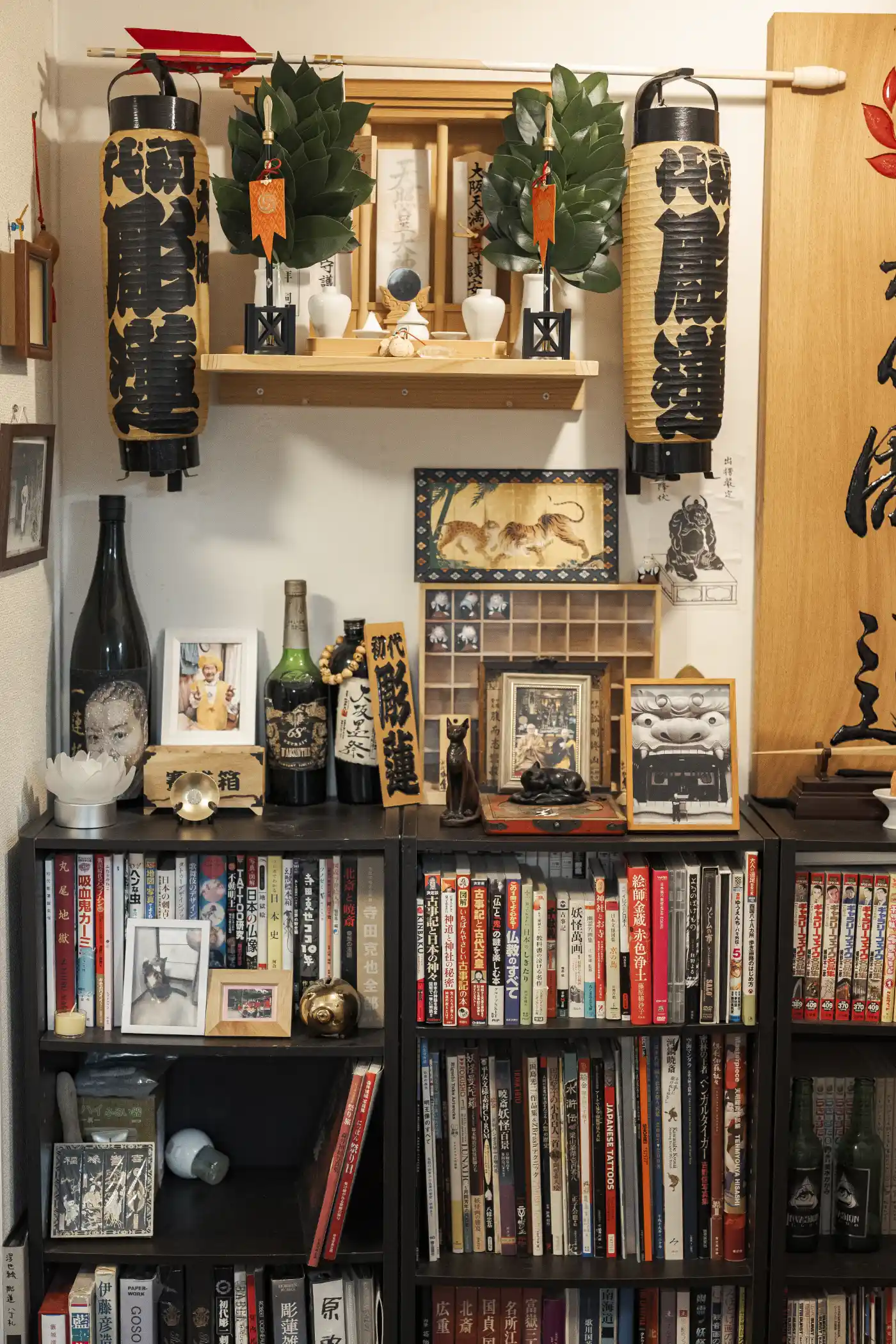
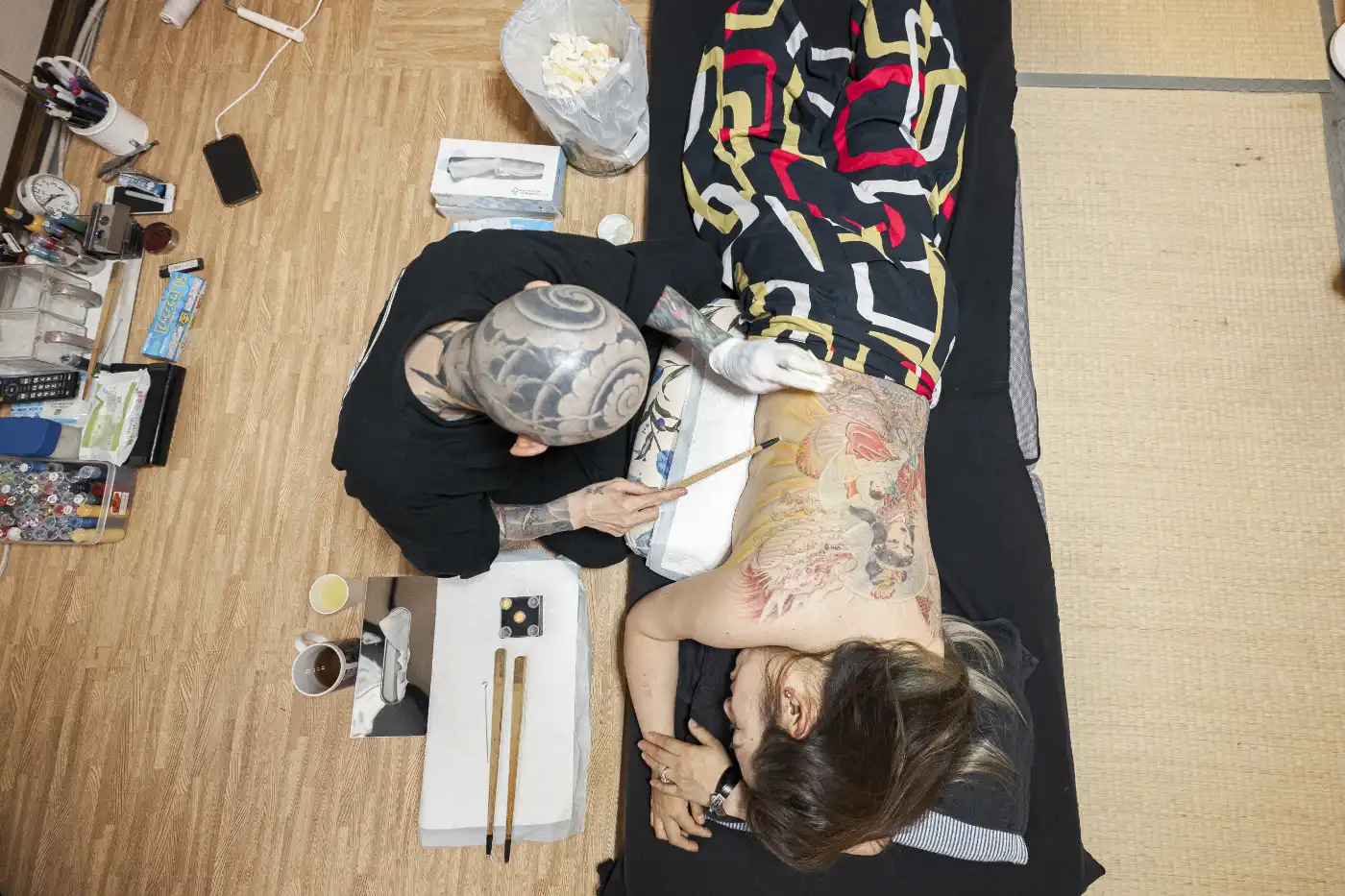
Understanding that Life has a Limit
I was diagnosed with serious breast cancer some years ago and being hit with the understanding that life has a limit is very very scary. But it’s because of that fear that I can struggle and try things.
I was in the midst of making a book of my tattoo works when the diagnosis came, and that spurred my desire to complete it even more. I thought that if this was going to kill me I would at least leave something tangible as proof that I was alive. I think it was precisely because I knew I had cancer that I was able to make the book come out.
Having a serious illness really teaches you the importance of using each day wisely.
So in a strange way I am thankful for the illness, I don’t feel unlucky in the slightest.
And this year marks the fifth year since my treatment ended, which means I am now completely cured, which is a relief. But you never know what will happen in the future, so I want to make sure I don’t have regrets going forward. Now if I want to do something I do it immediately, such as the Shikoku Henro (pilgrimage trail) this year.
I think if I was perennially a healthy person I’d also be putting things off, and never actually doing anything.
Knowing the pain of being ill helps me work harder towards my goals.
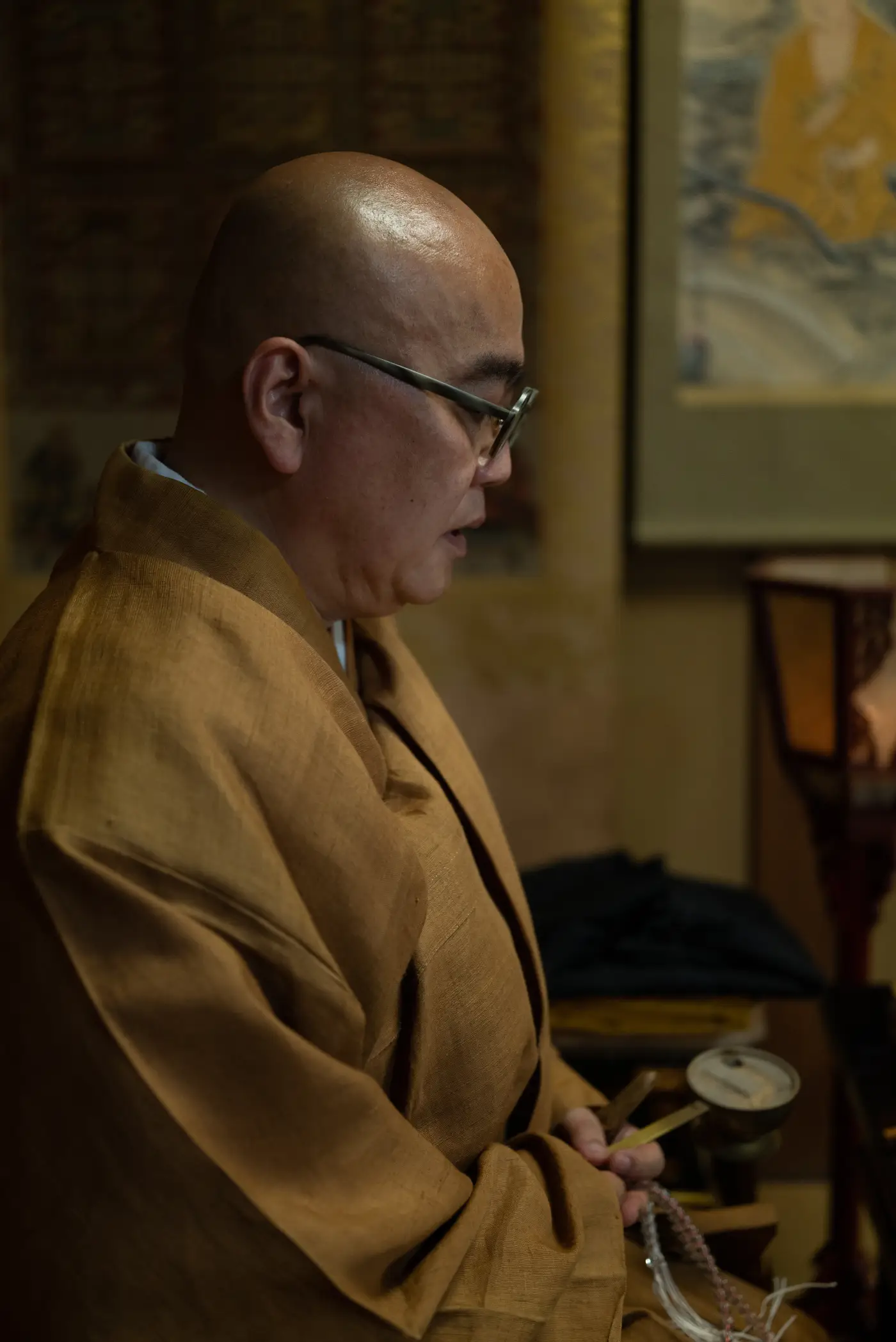
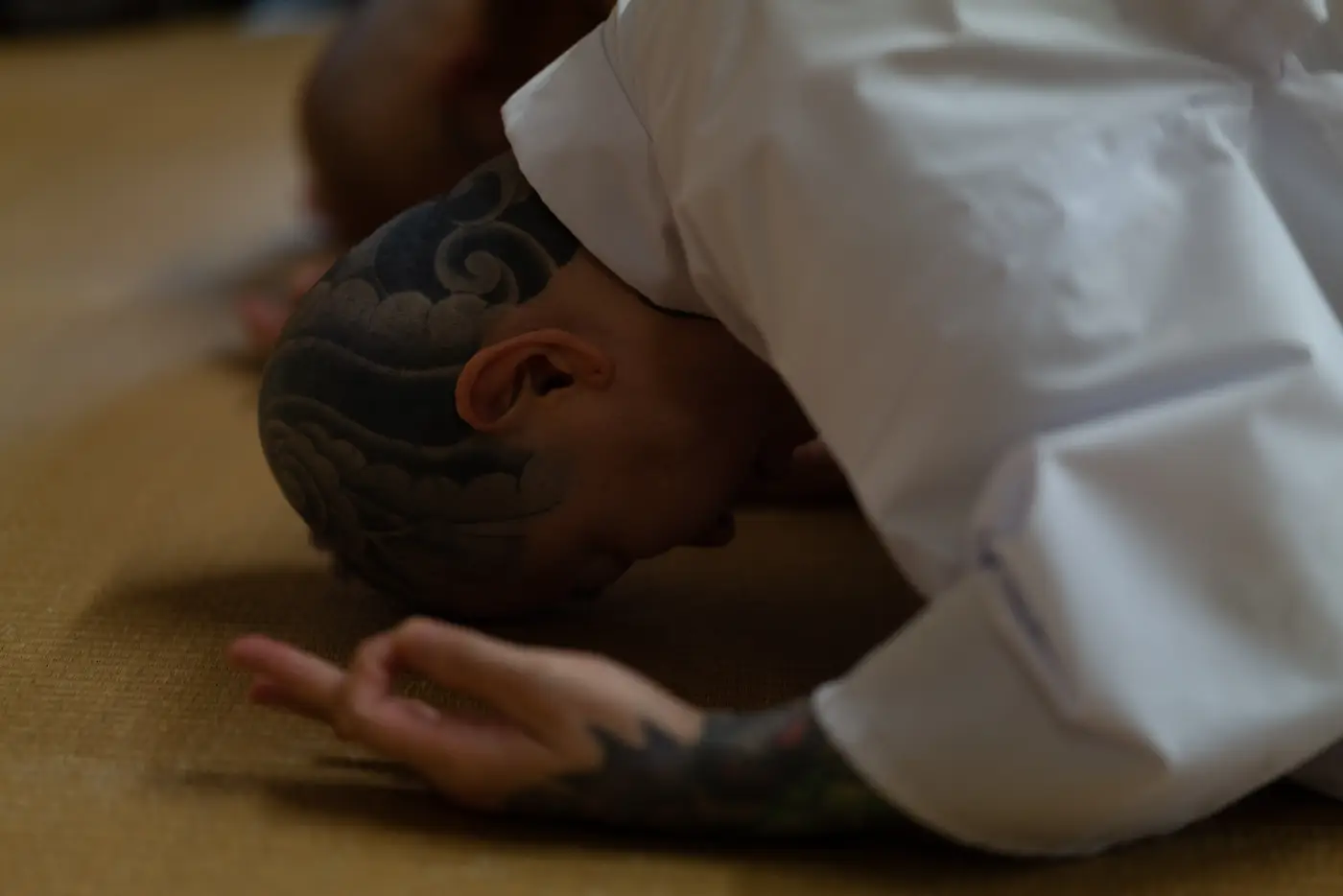
Having Nature in Your Heart
What did you learn from your recent time on the Shikoku pilgrimage?
It really changed my life. I realized how neglectful I had been towards nature up until now. When you spend days and weeks walking in nature, you feel yourself being completely subsumed by it, you feel your place as just one part of it.
I also had the restriction that I could not buy anything but water or rice, but people in villages who I’d never met before along my path would rush up to me and offer me things to eat or drink. I’d never felt such gratitude and thought that this culture is truly something special.
I want people to know how amazing the Shikoku pilgrimage is, and hopefully I can increase people’s awareness of it. I think if more people undertake it, then they will understand how precious nature is, and how kind people can be. Hopefully that will cause them to strive to protect it.
What is most precious to you in this lifetime?
The most important thing to me in this lifetime is that the people around me achieve happiness. I cannot be happy if somebody around me is feeling down. That’s what I want to work towards every day.
As for what moves me profoundly, it is definitely nature. I wish for everyone to have nature in their hearts more. Doing anything, no matter how small for the environment, is wonderful.
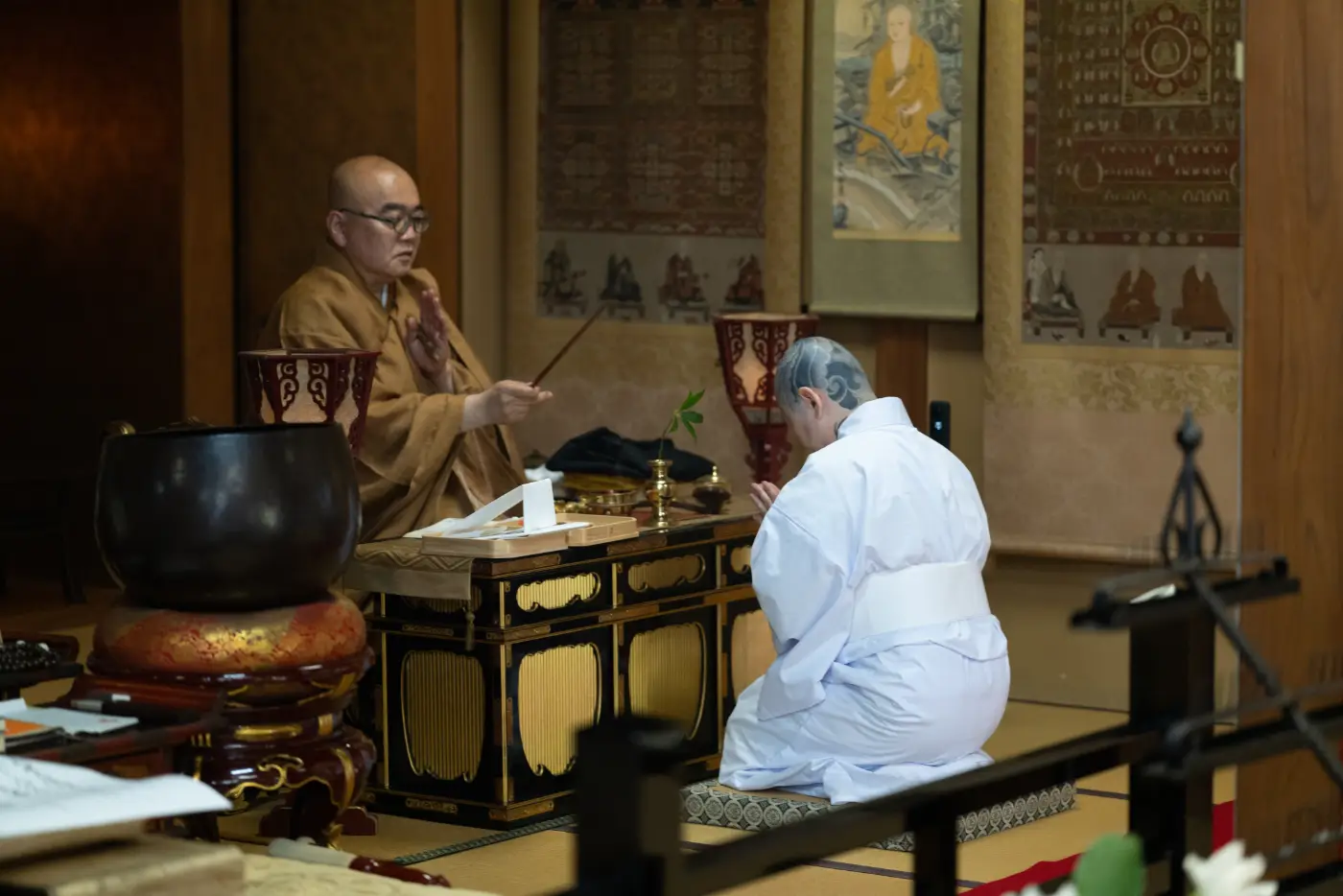
Everything is Connected
What new insights and experiences have unfolded or deepened for you in recent years?
I have been doting on my father, who is 89 this year. We had a terrible relationship when I was growing up. I even ran away from home to get away from him and didn’t see him for decades afterwards.
Back in the day, me being a tattoo artist, having tattoos, was unacceptable to him, to the point where I imagine he’d say ‘don’t come to this neighborhood!’
But we reconciled and I want to do as much for him as I can. I was too consumed with tattooing, and wasn’t there for my mother’s death, which is something I will regret for the rest of my life. So now he and I are making sure we live the rest of our lives with no regret.
A deep care for those outside of conventional society seems to be at the heart of both your role as a tattoo artist and as a Buddhist priest.
What would you like others to reflect on or consider more deeply?
We are all connected: Heaven and Earth, life and heart.
I believe that Earth and the universe are all one.
That is why we should cherish each day,
feel compassion for everything, and live our lives together.
